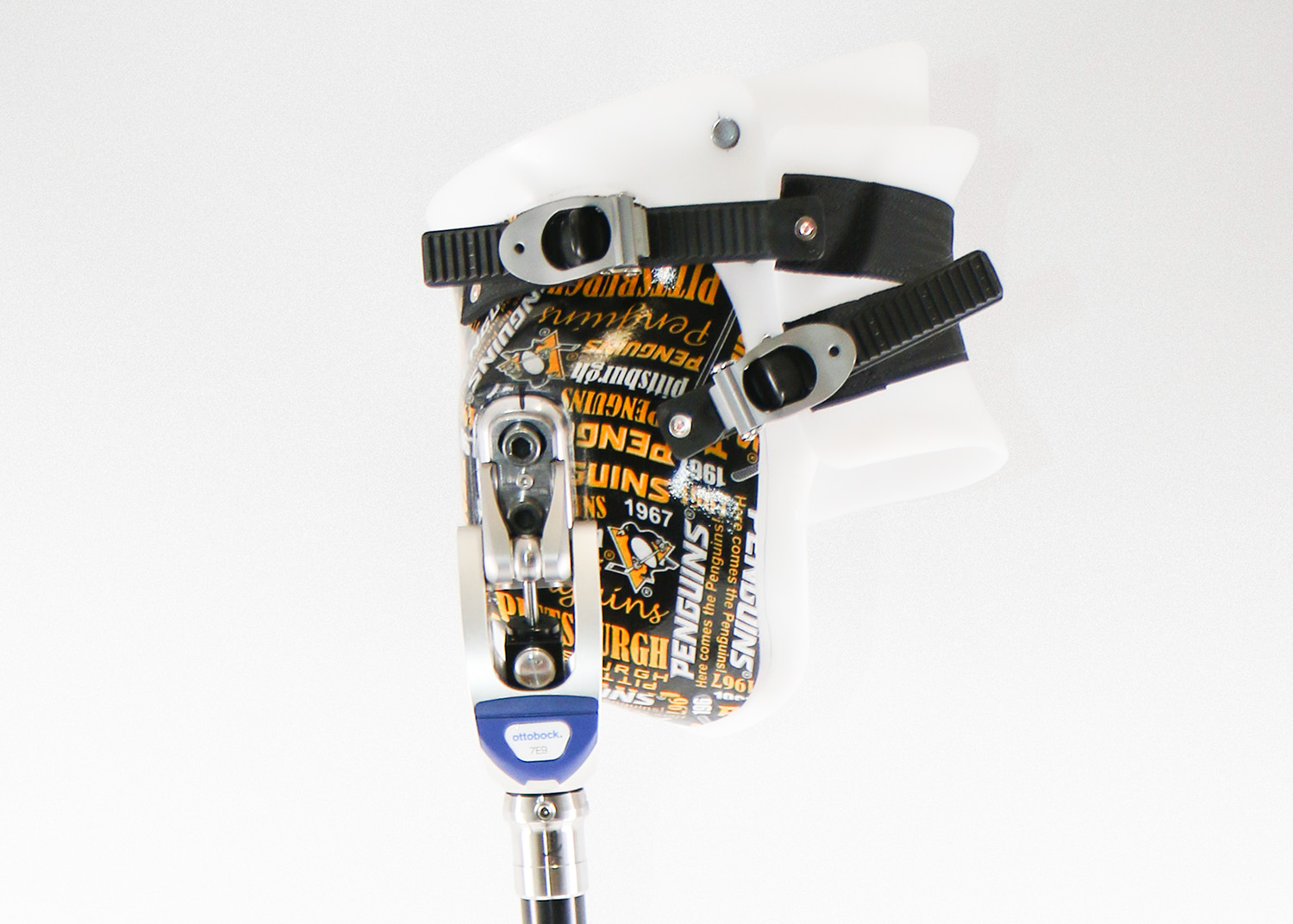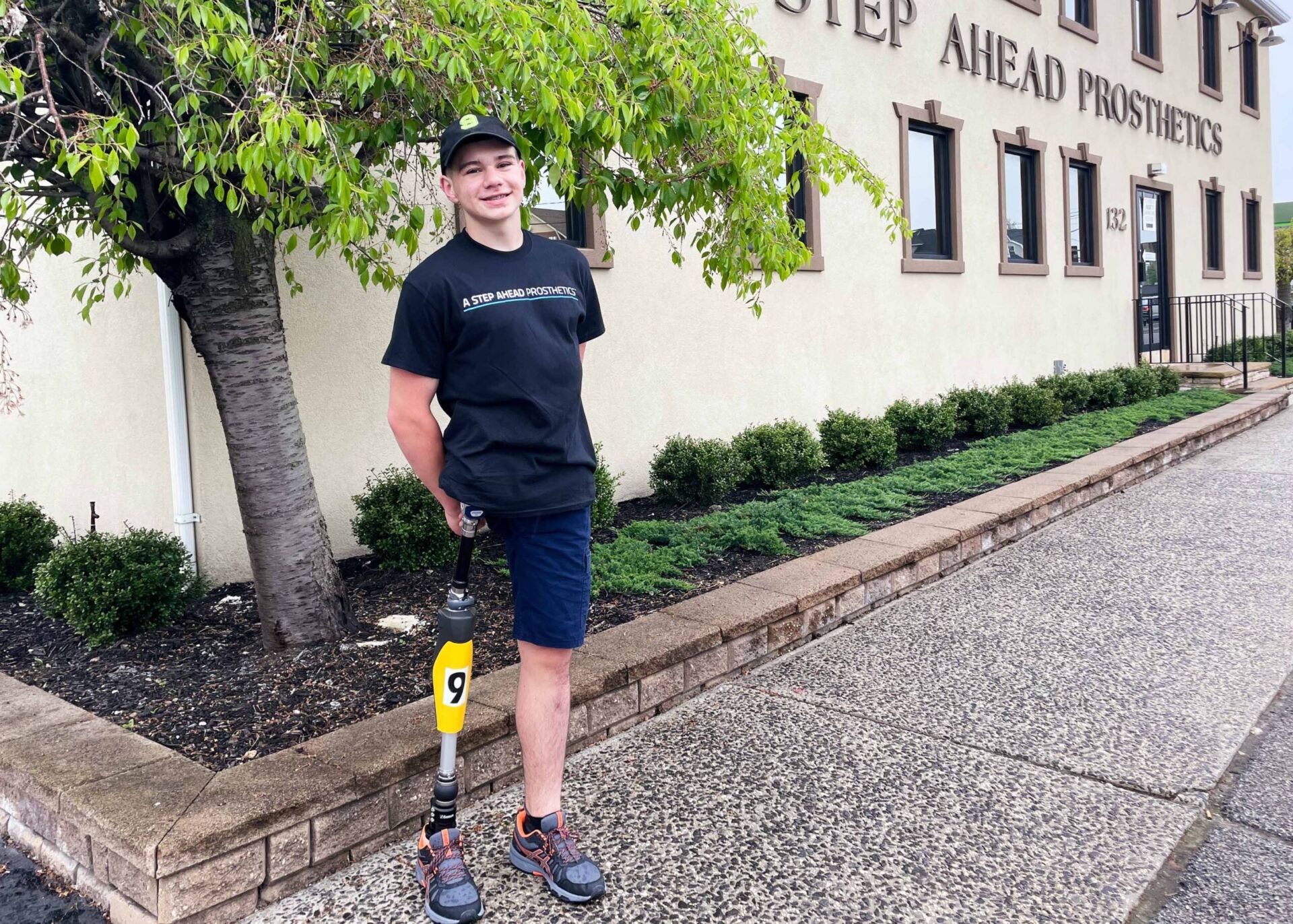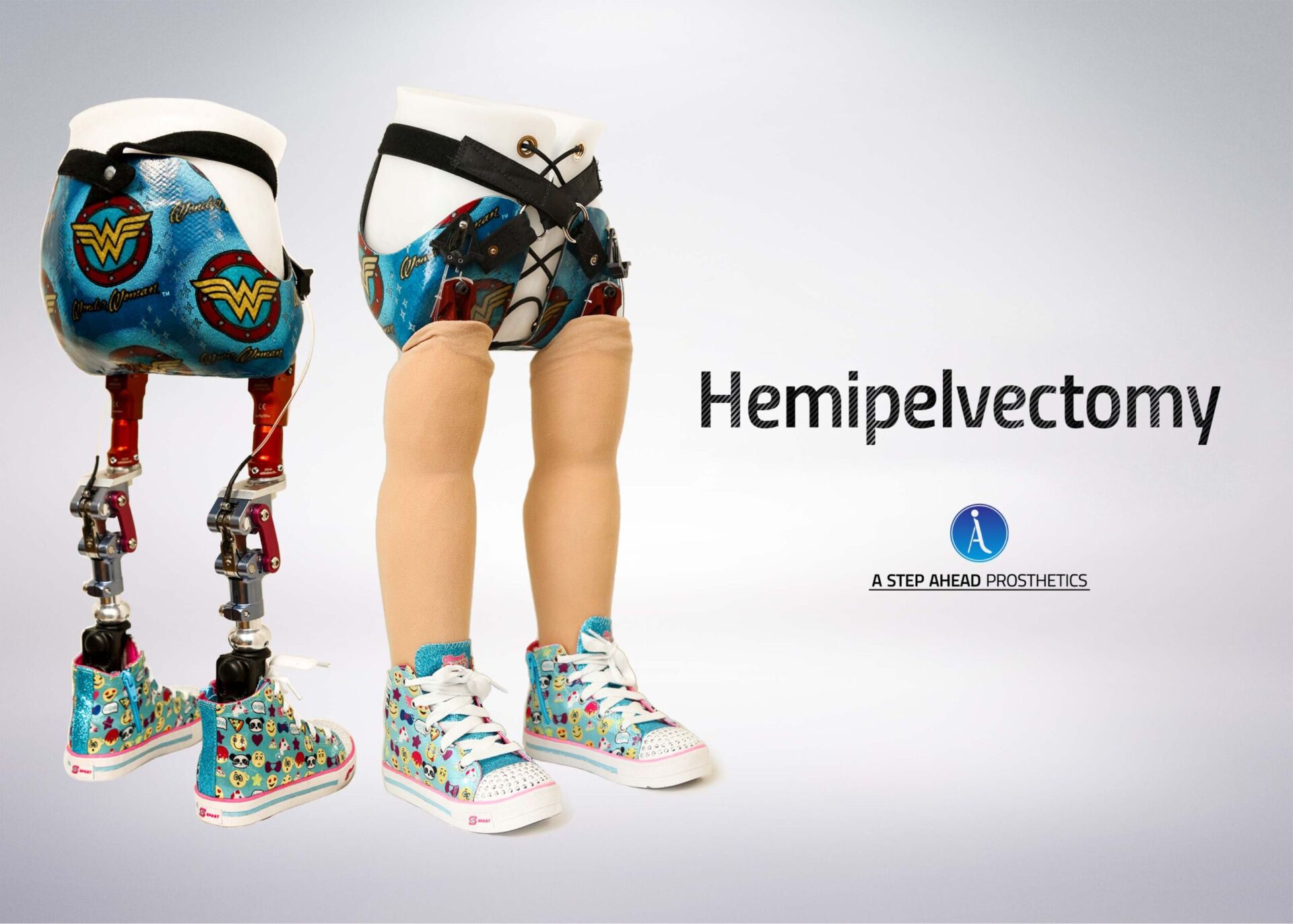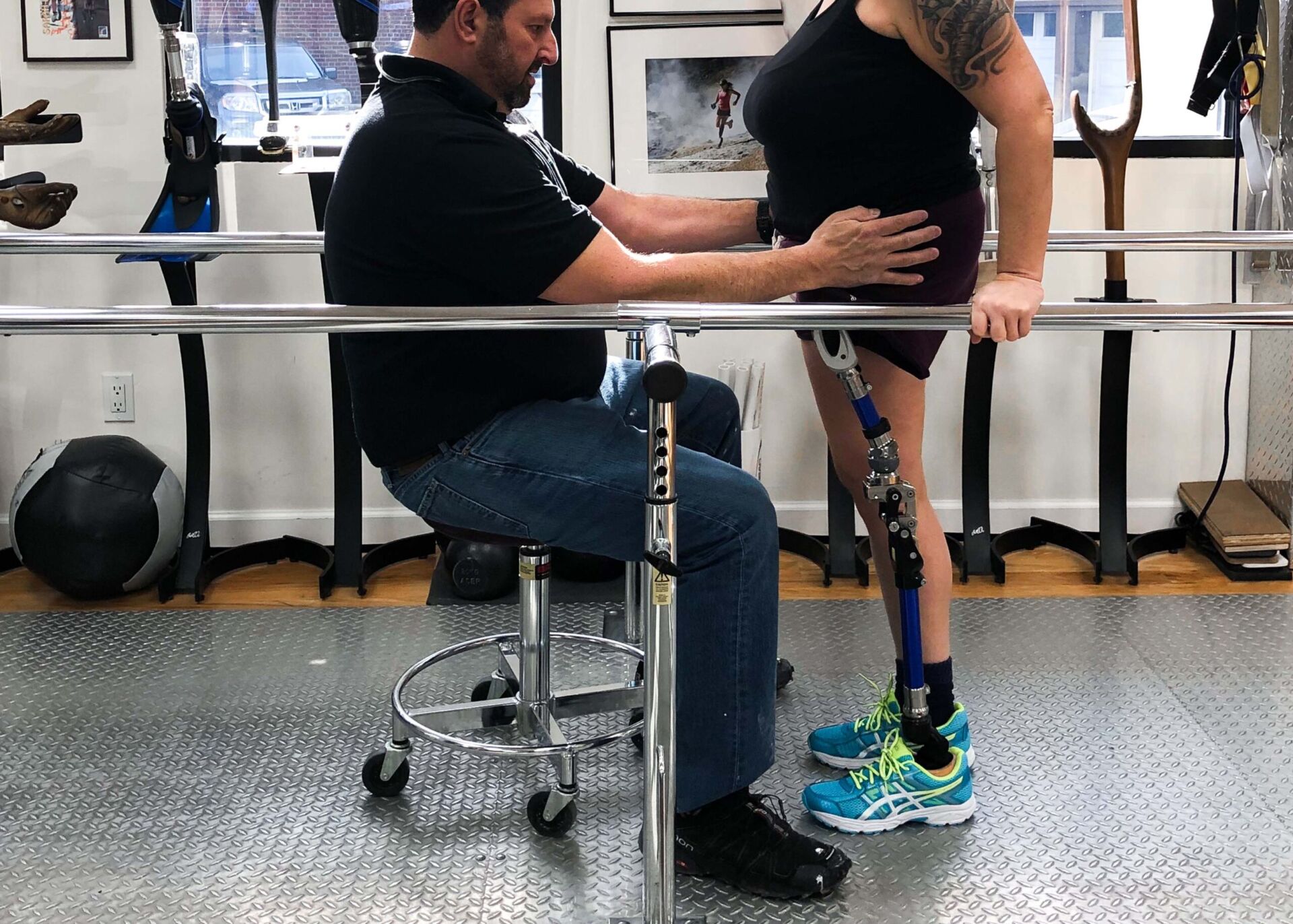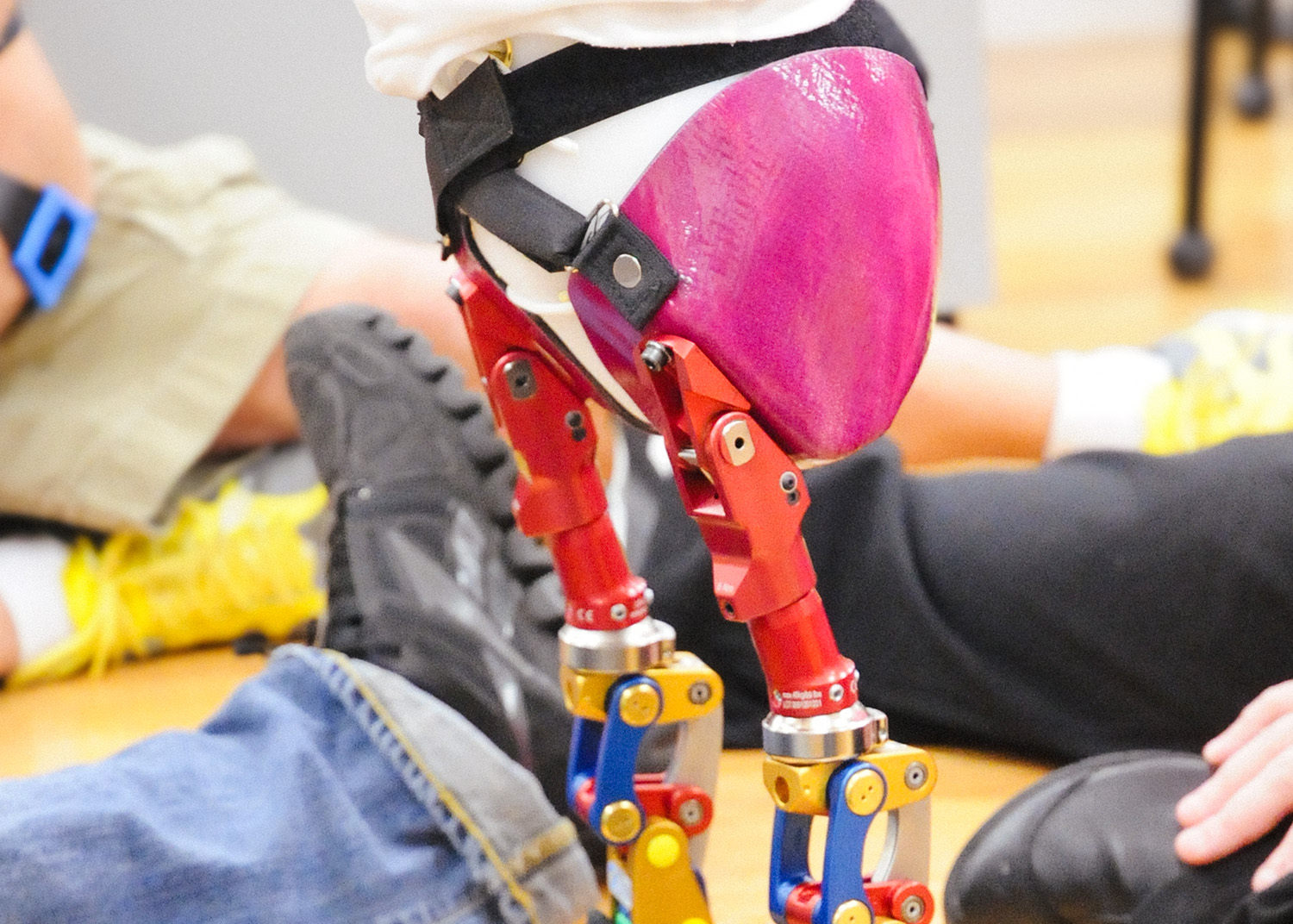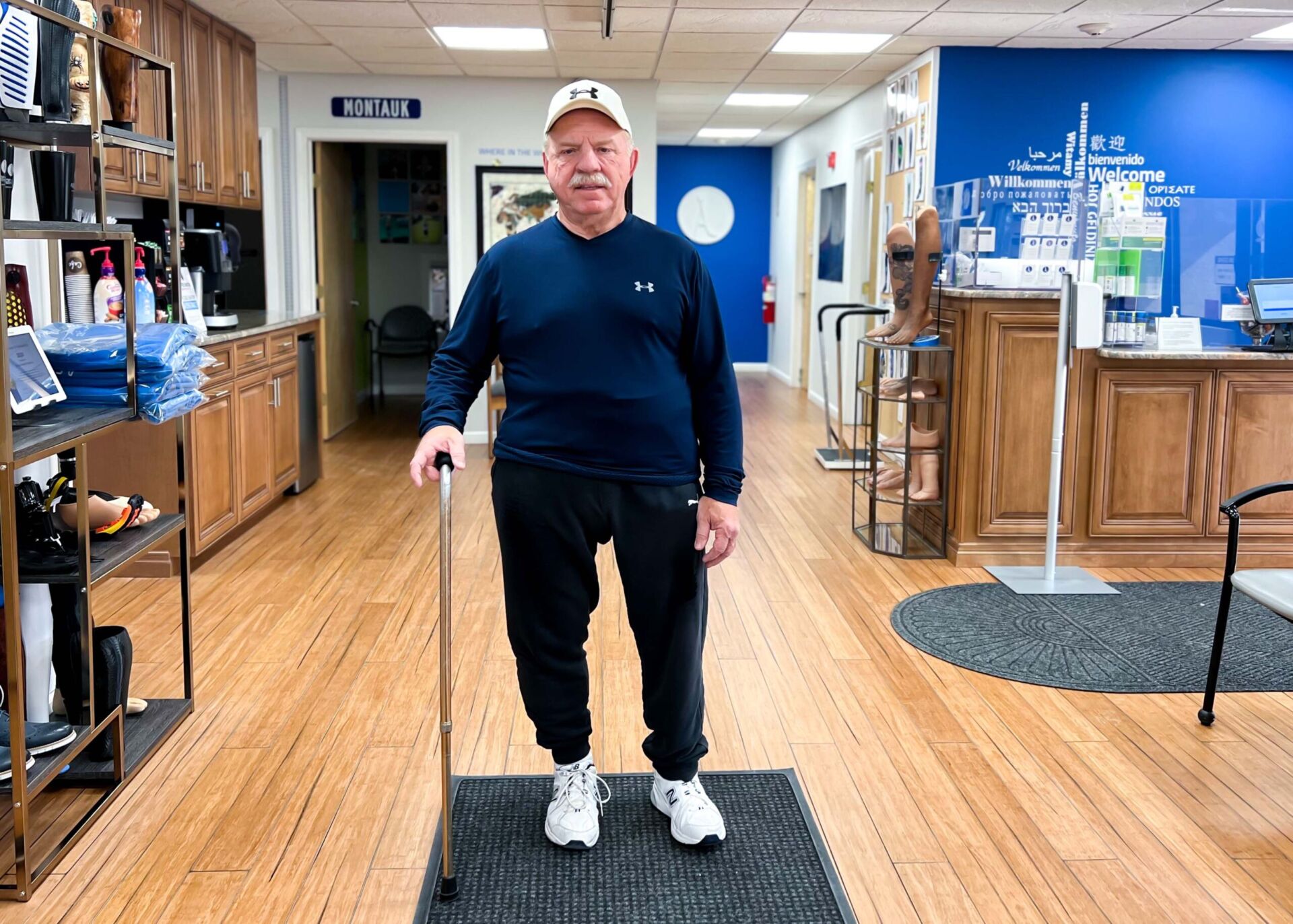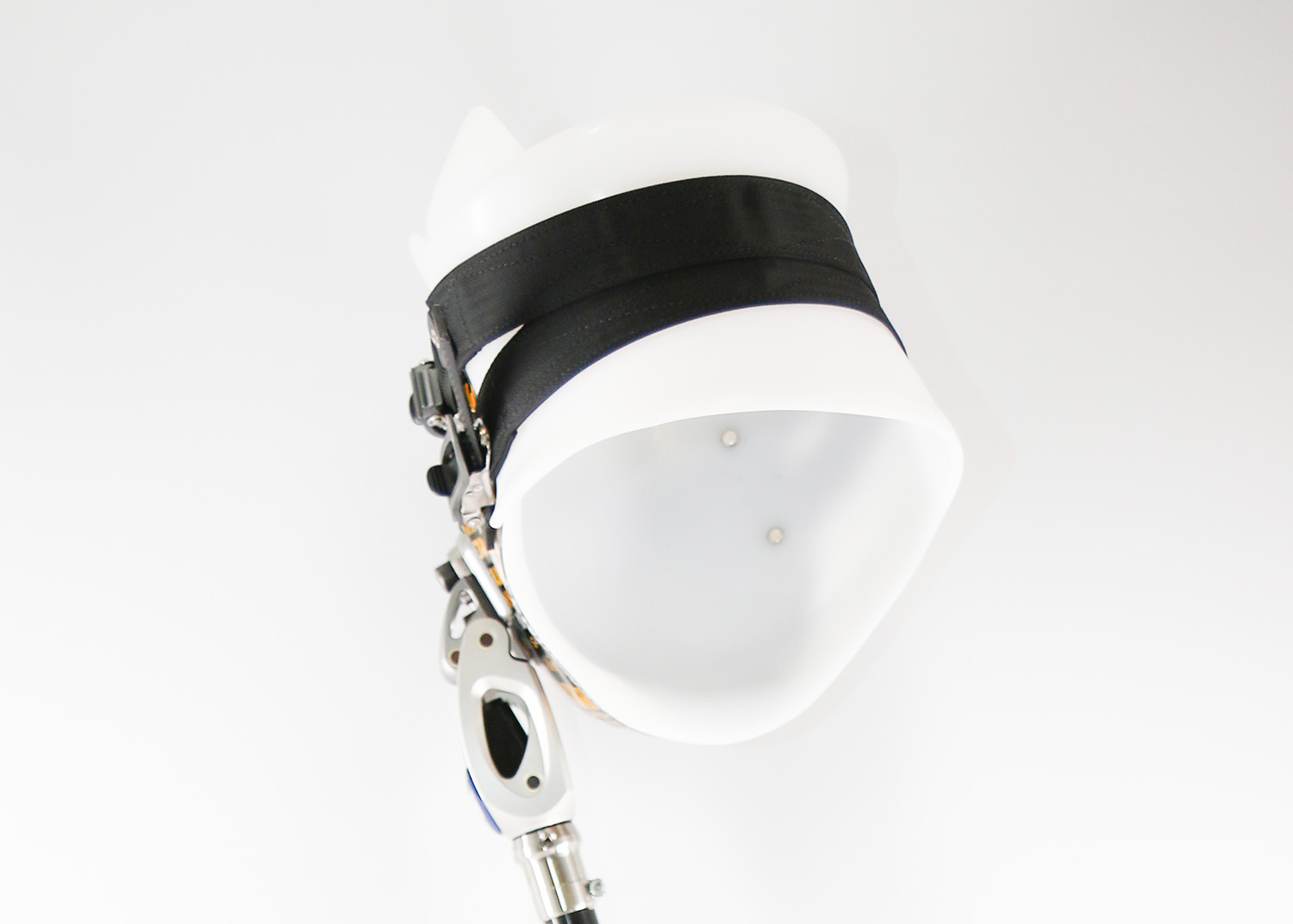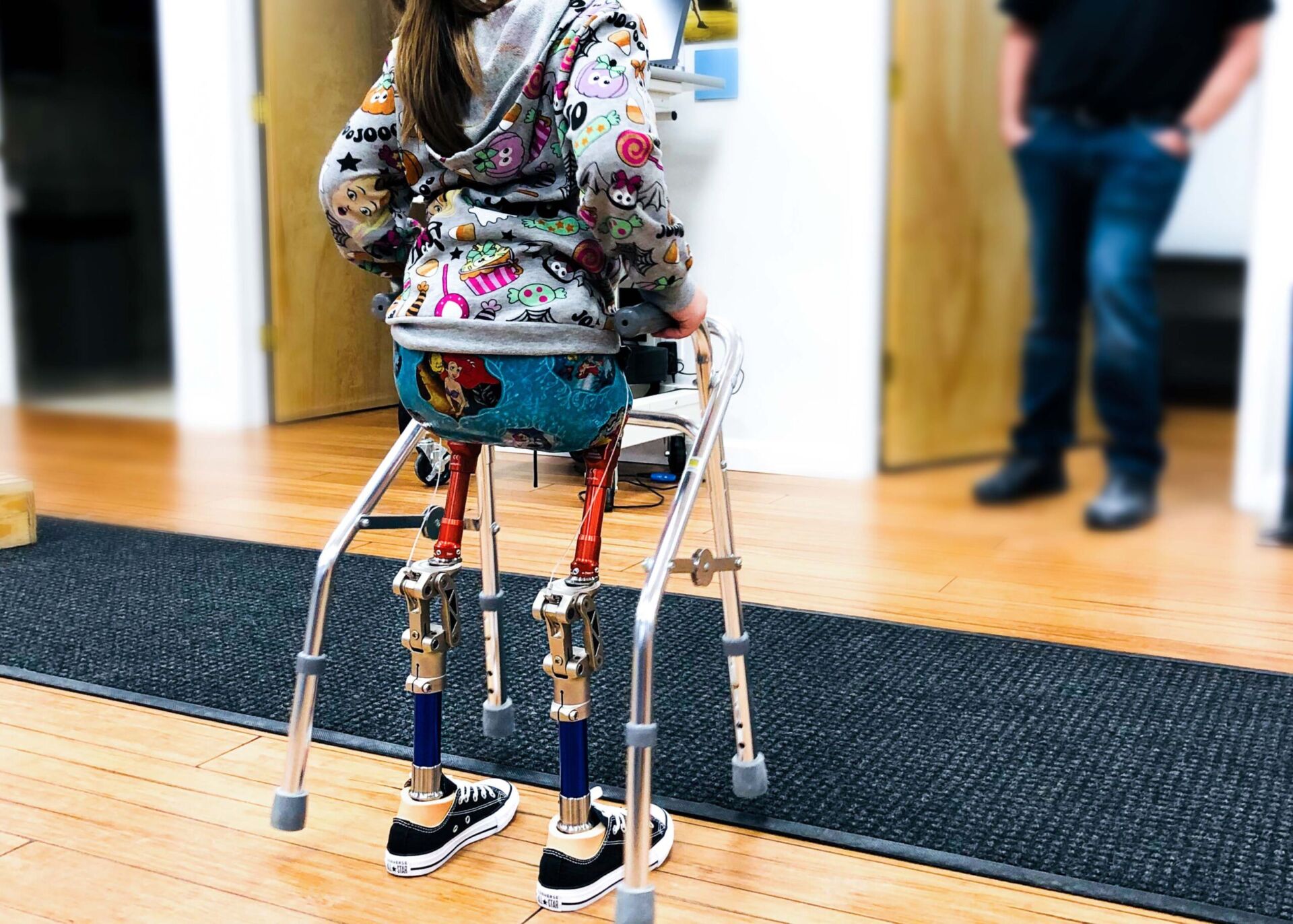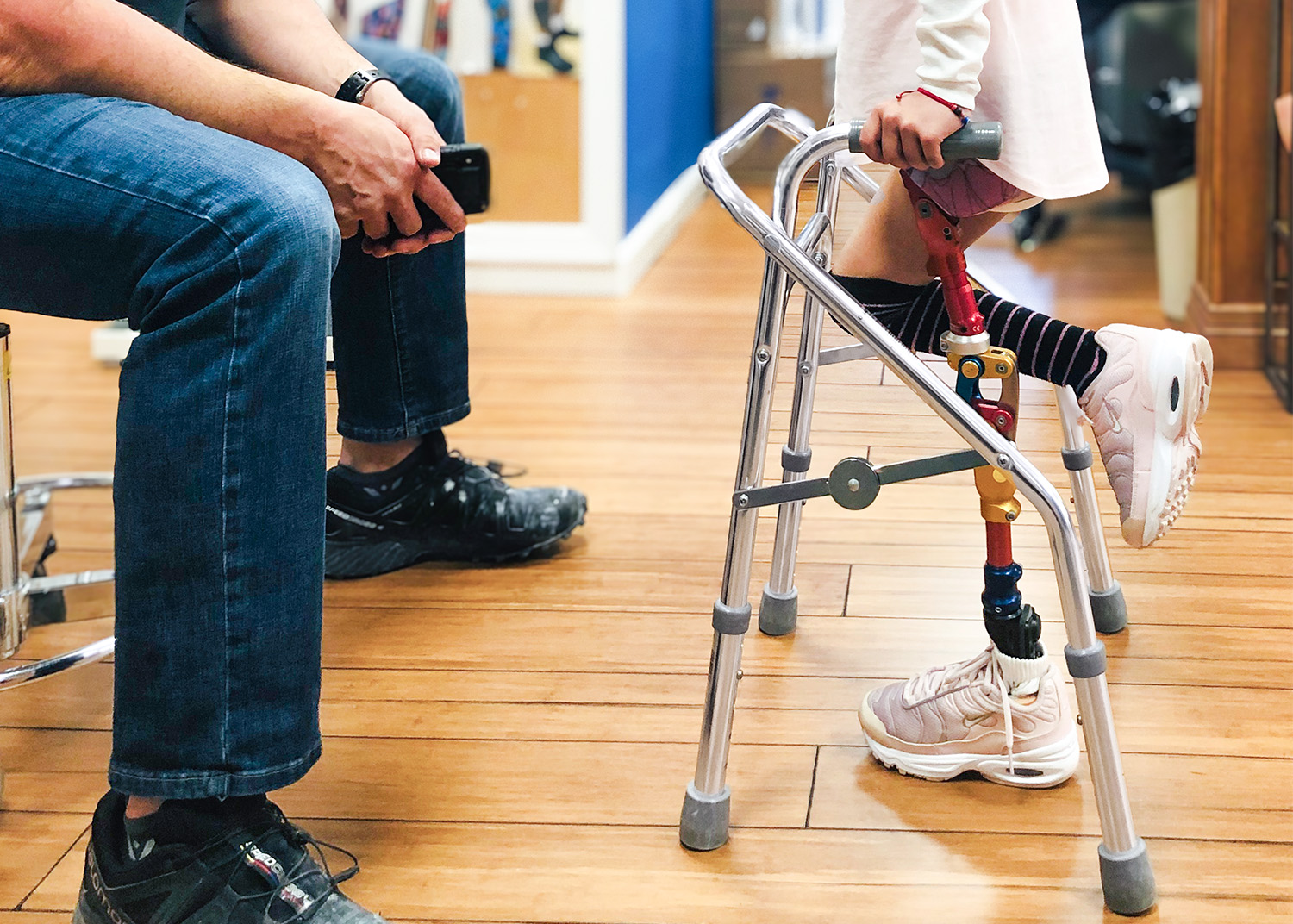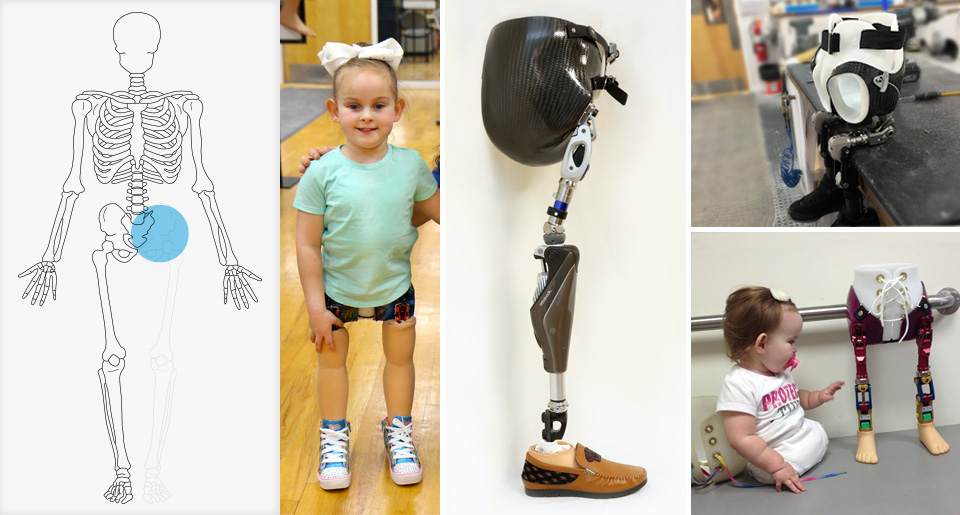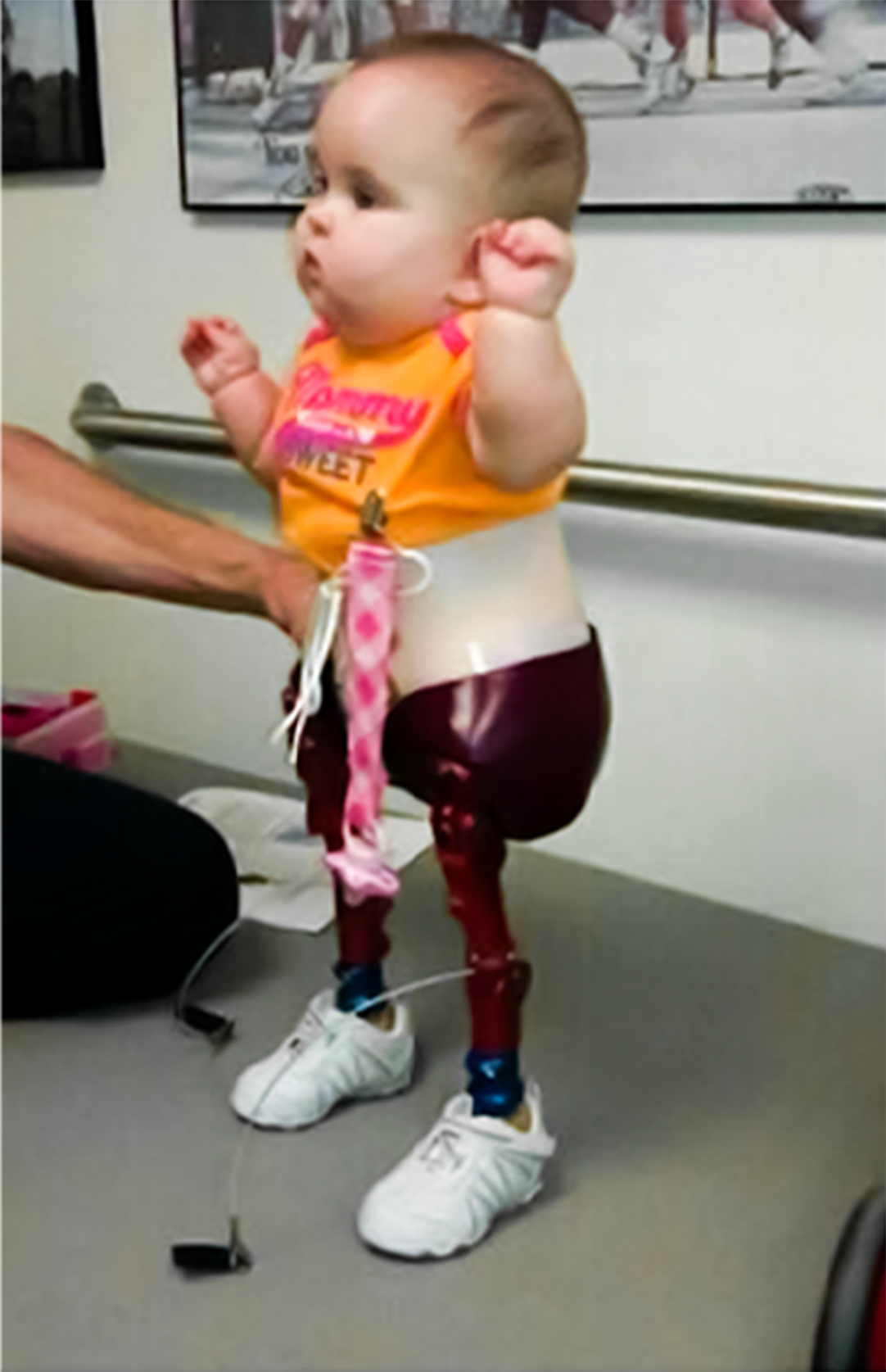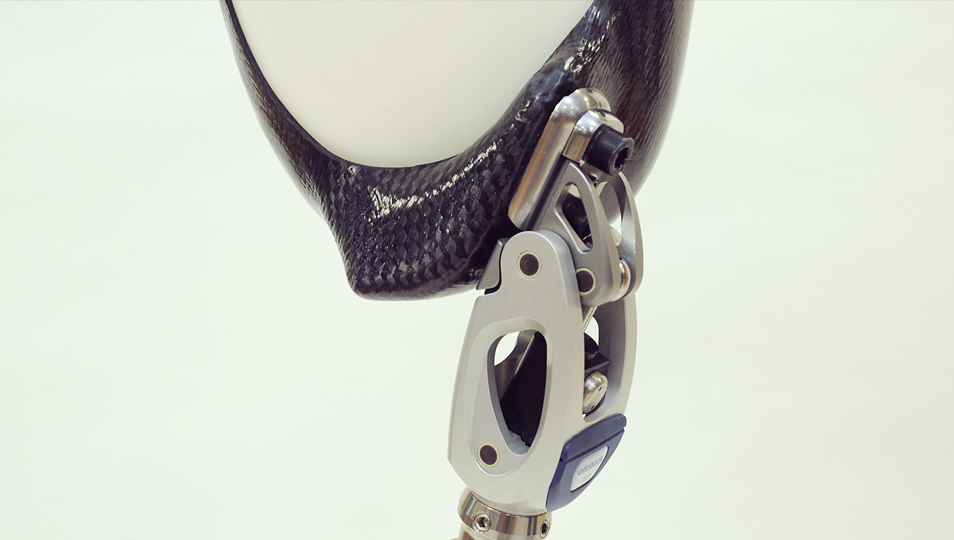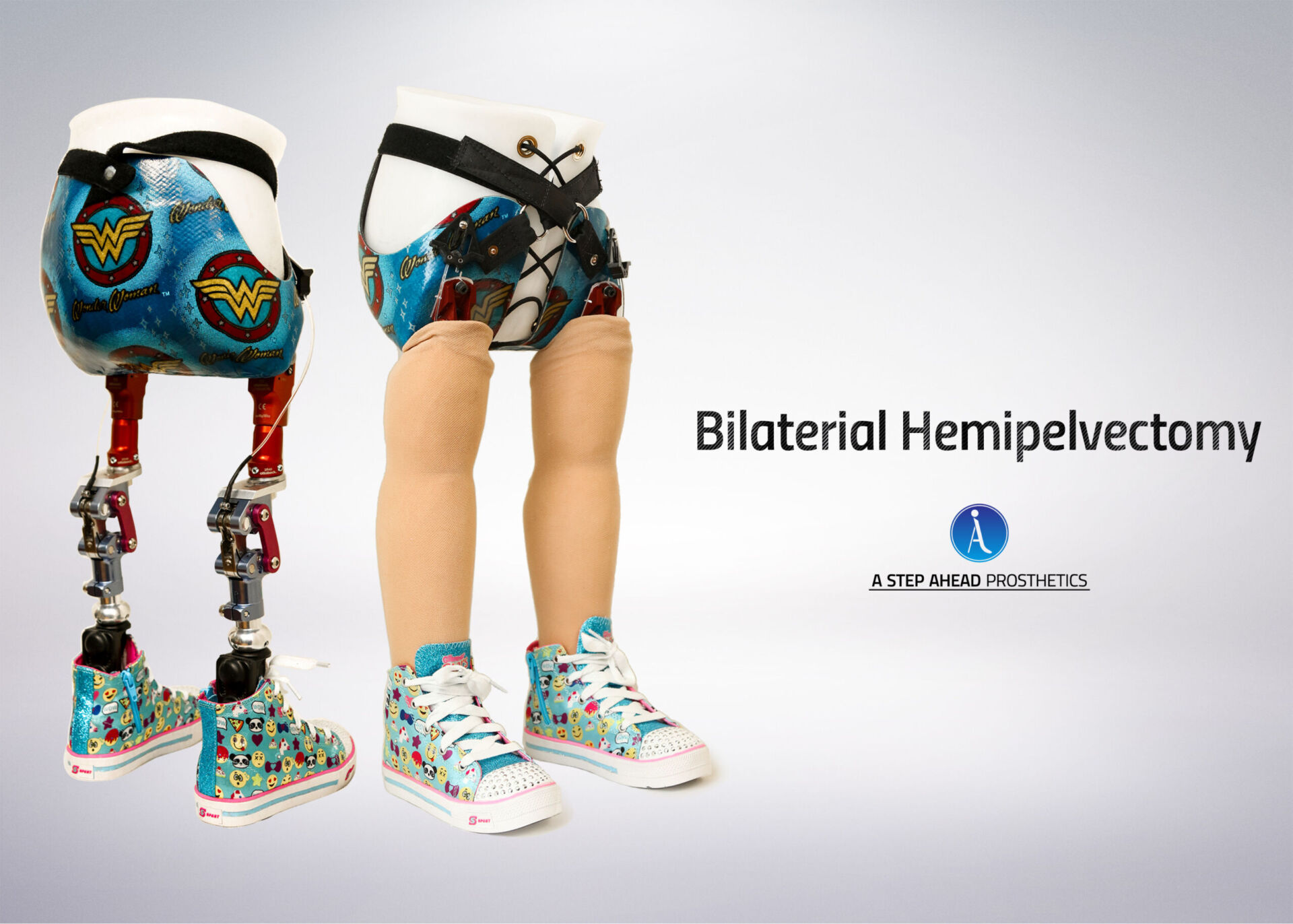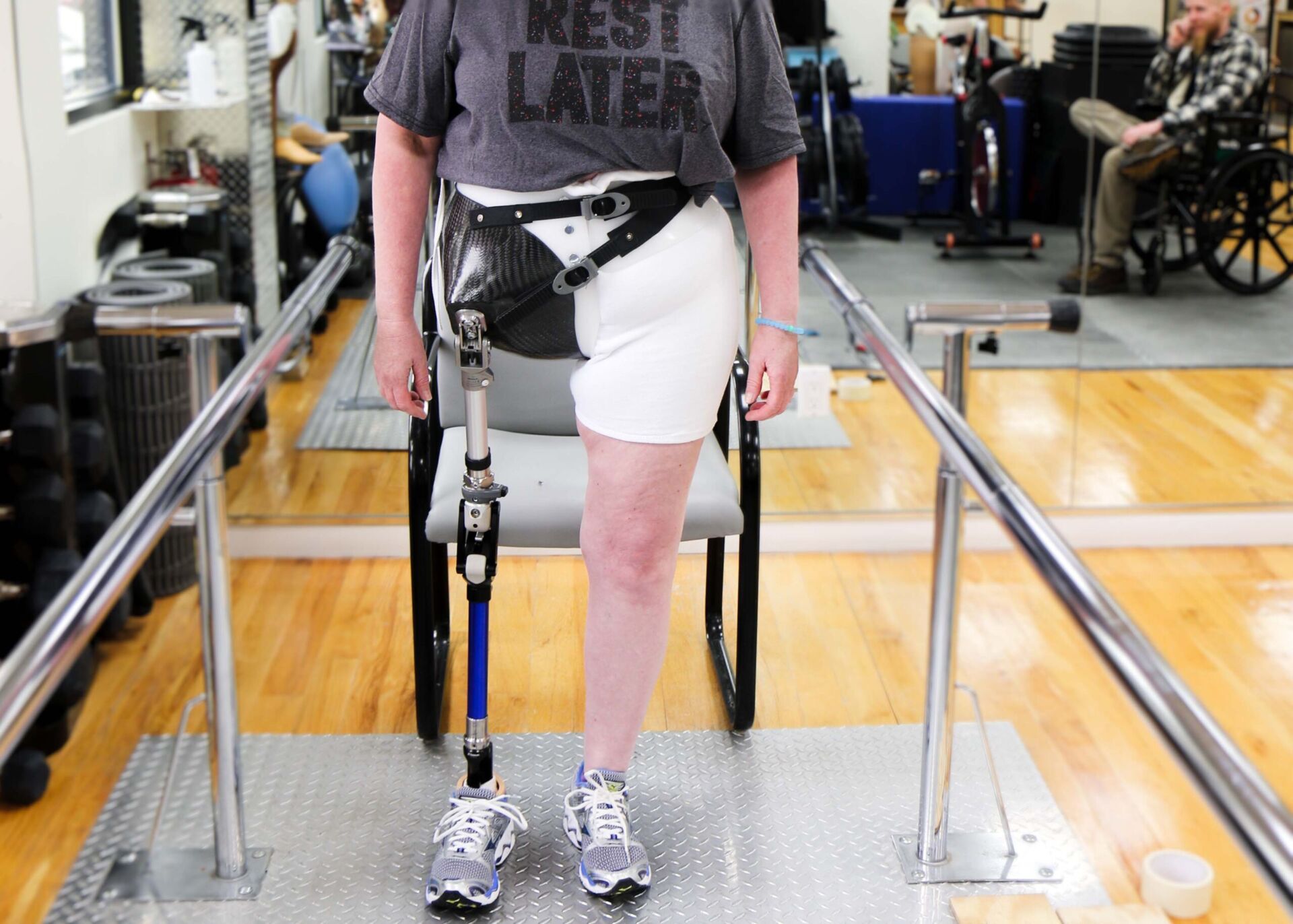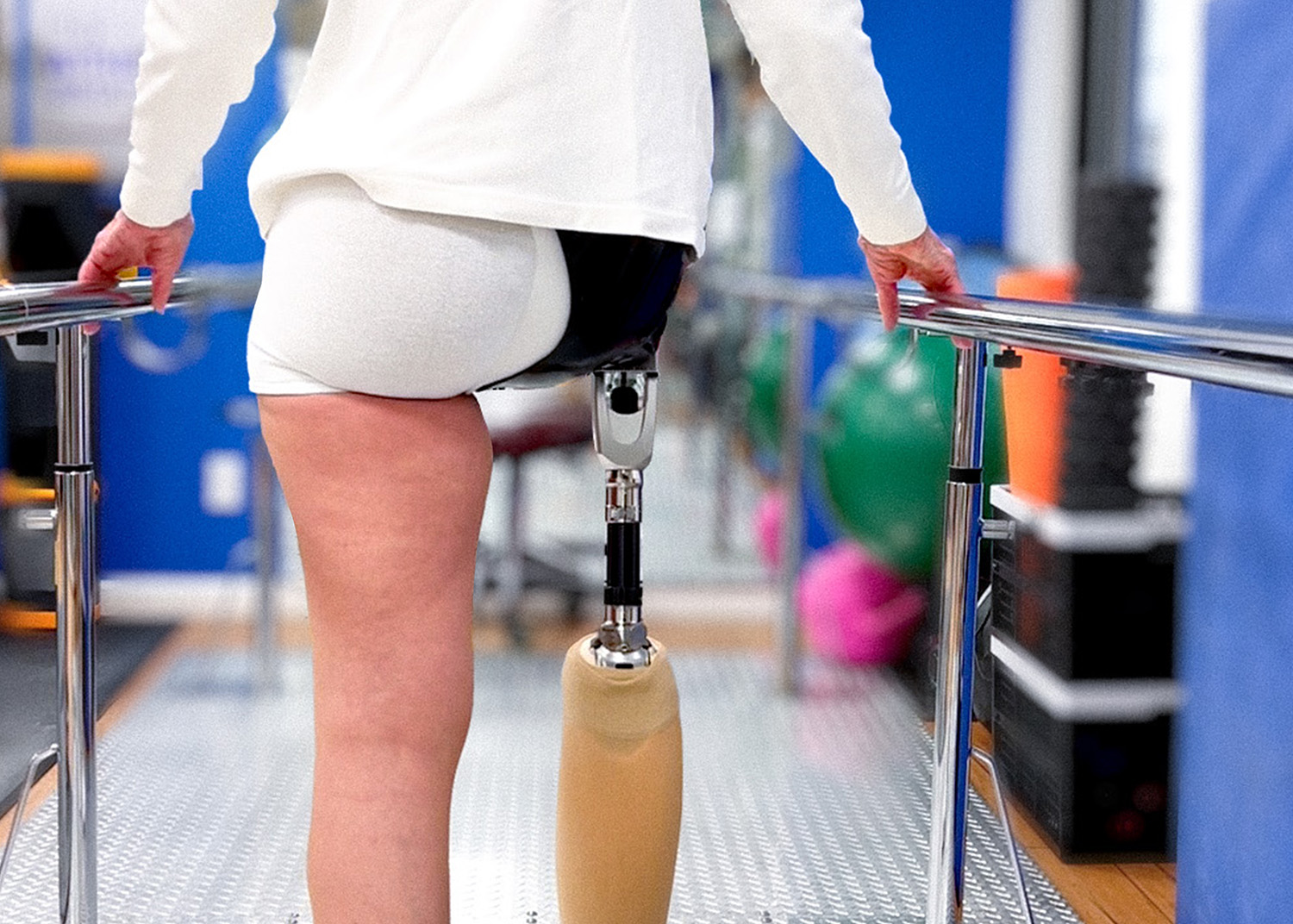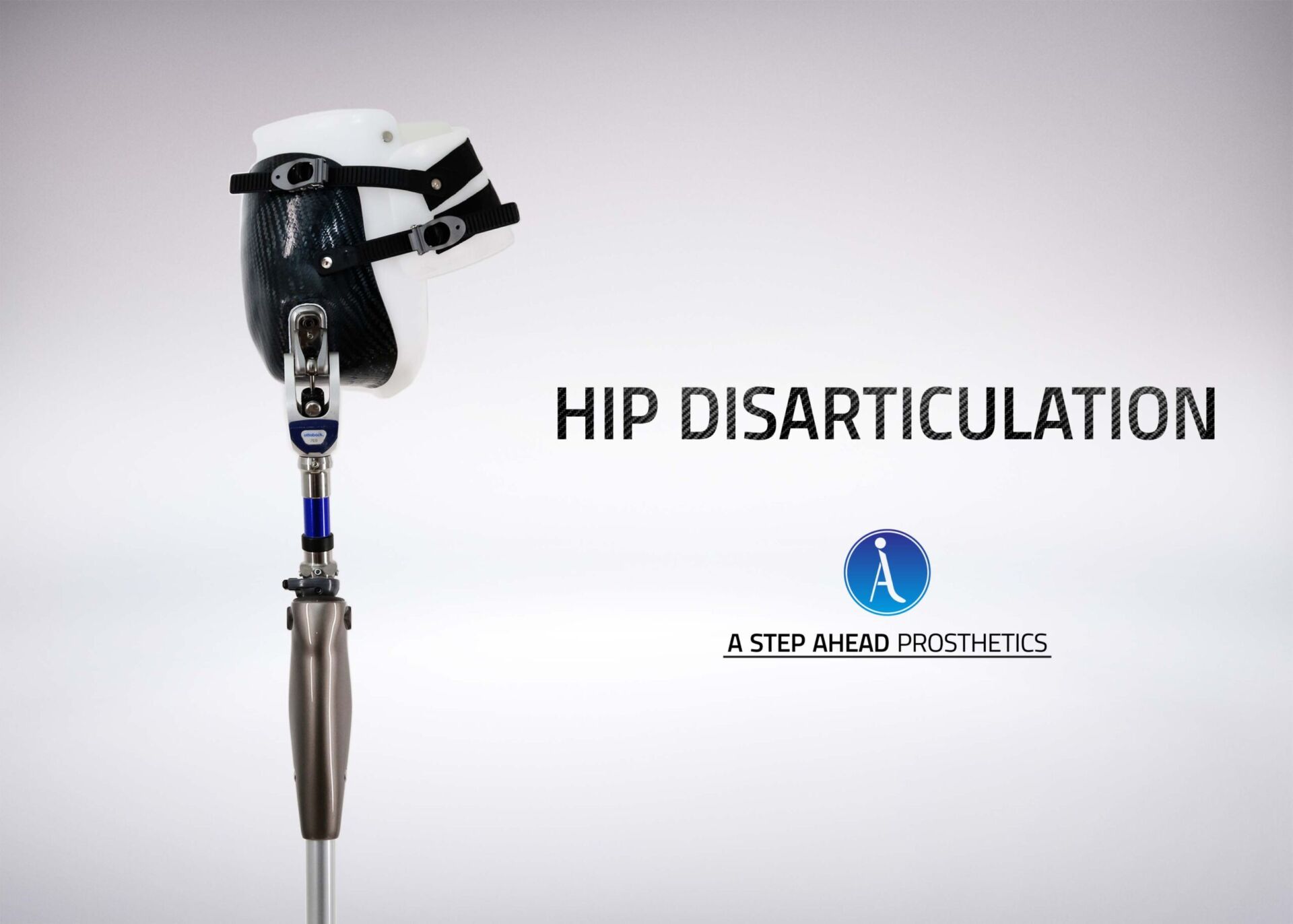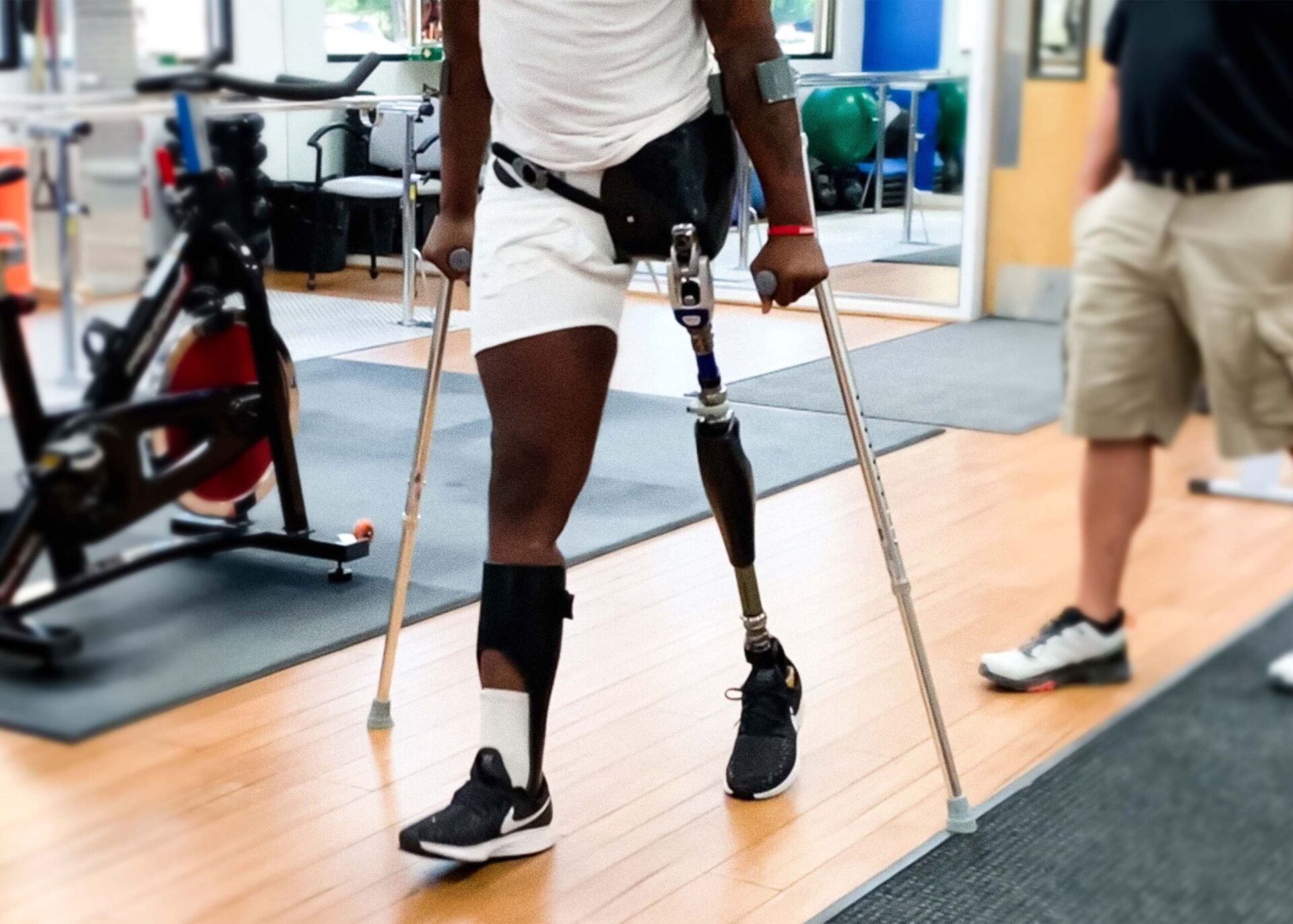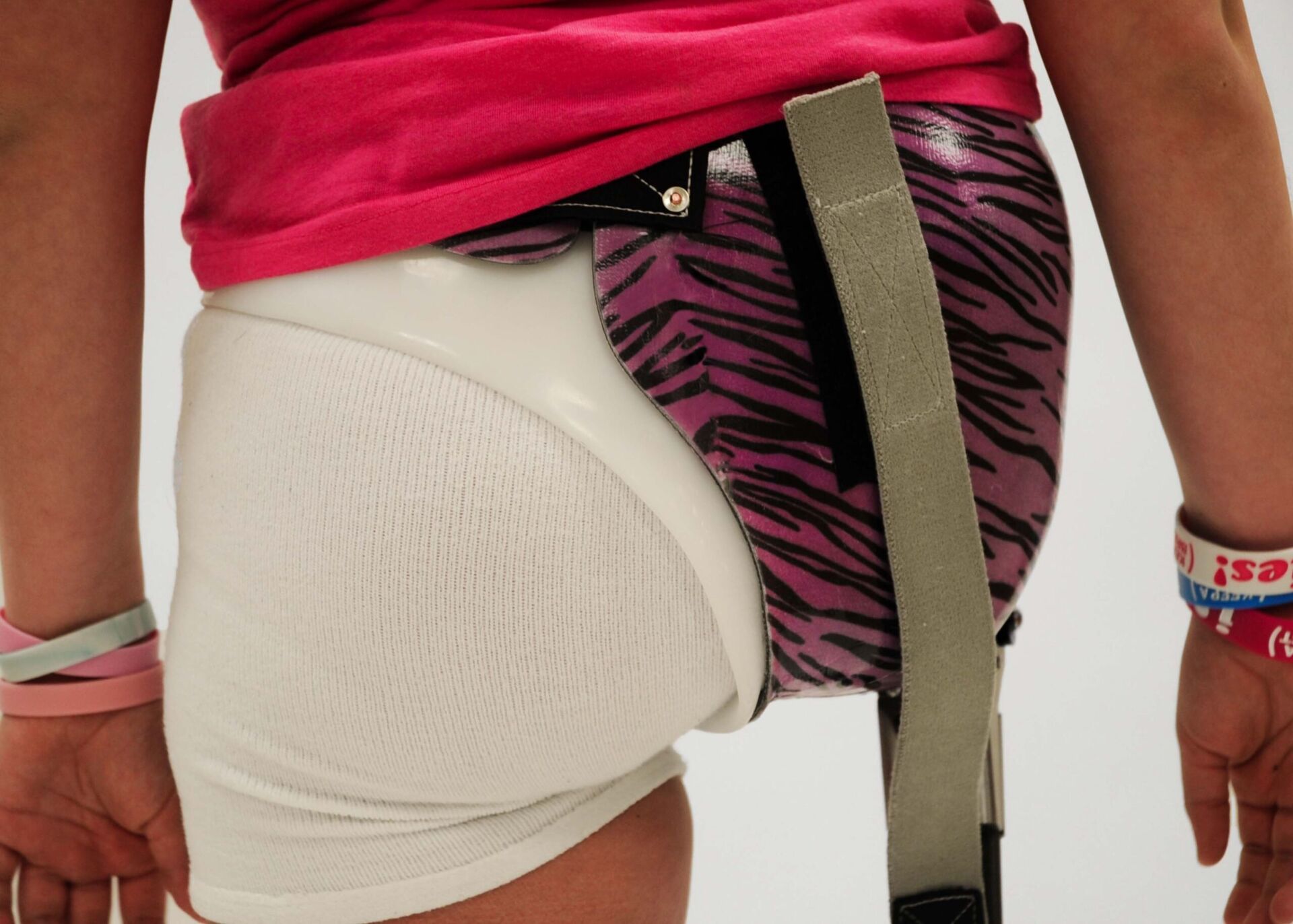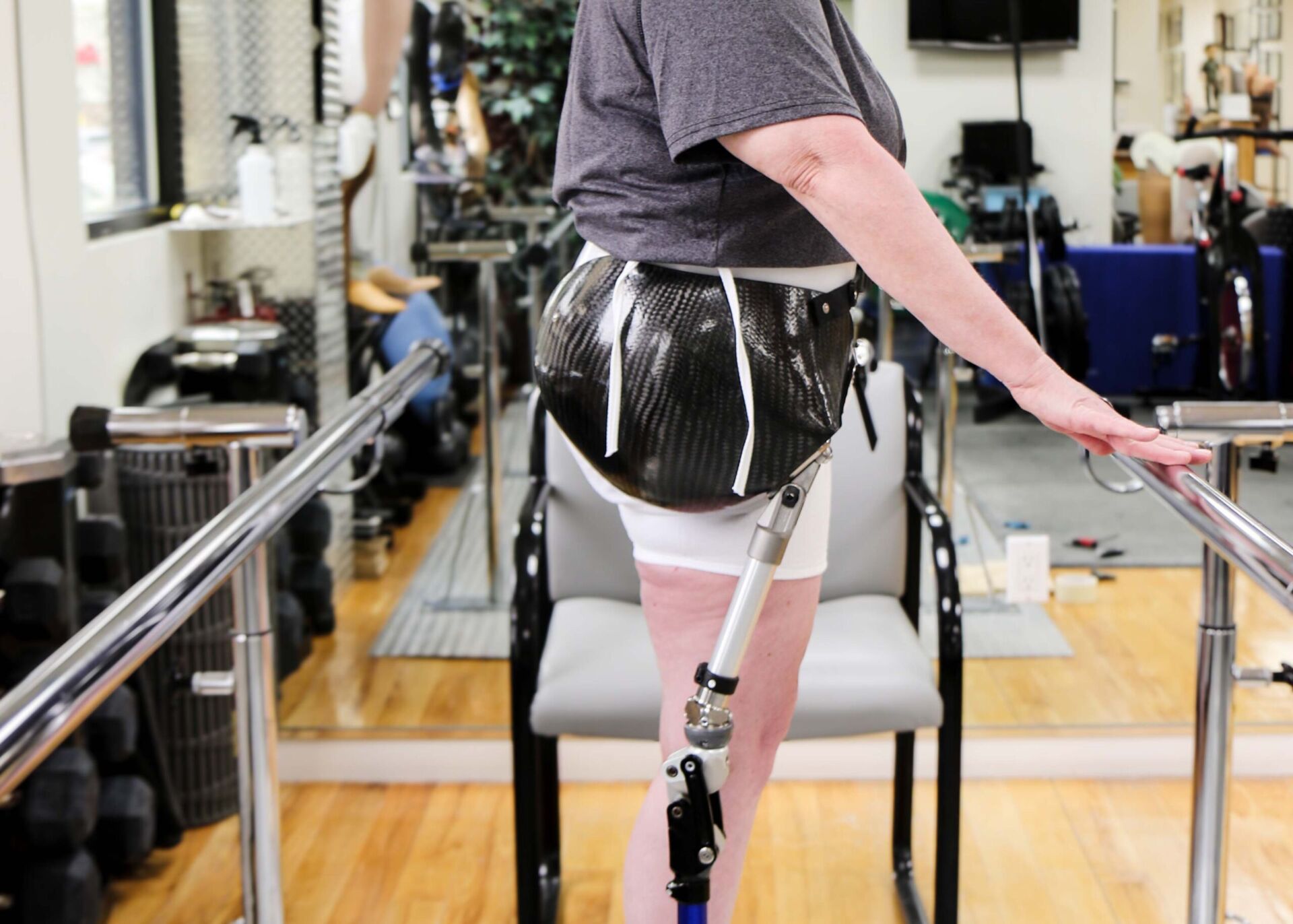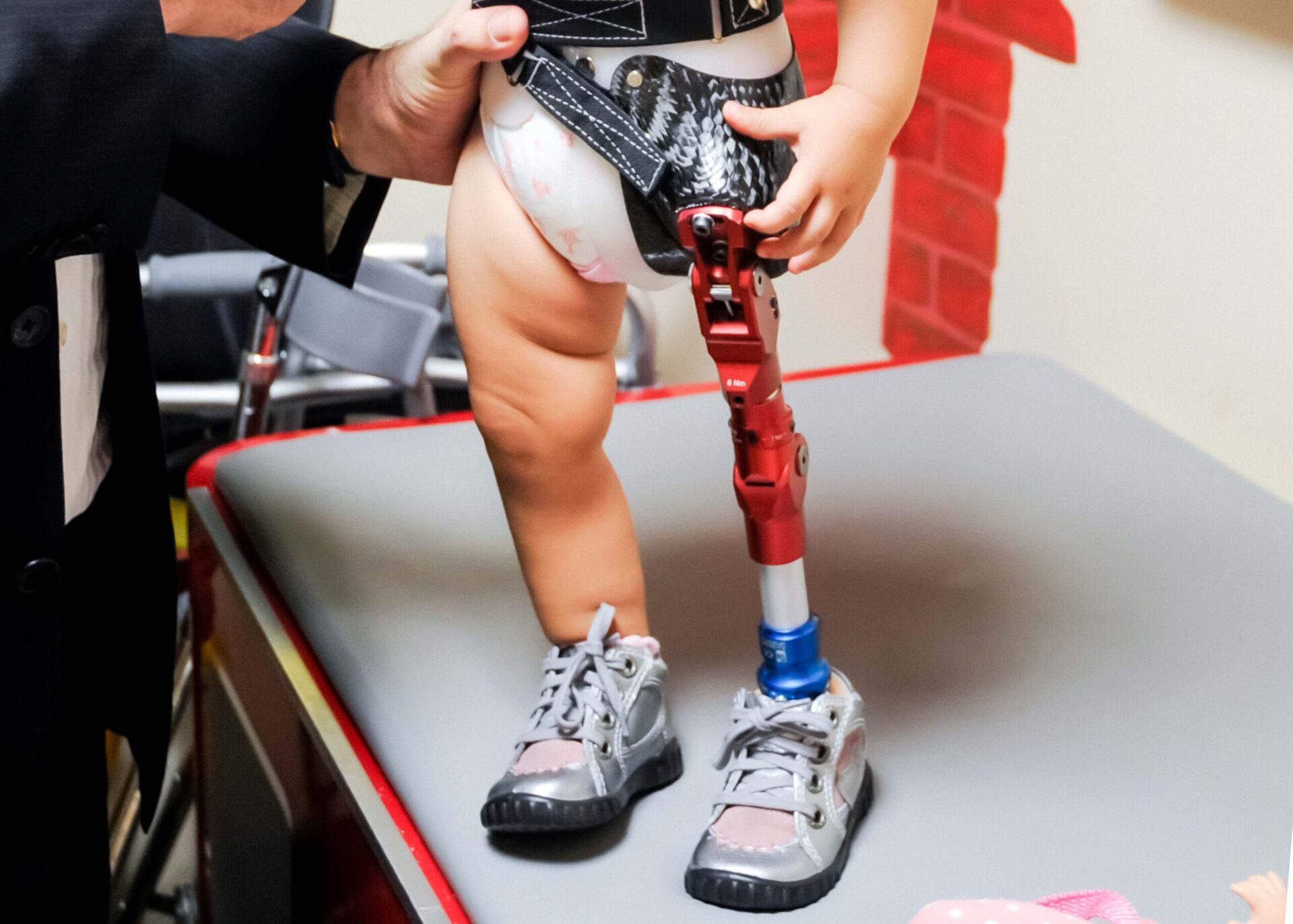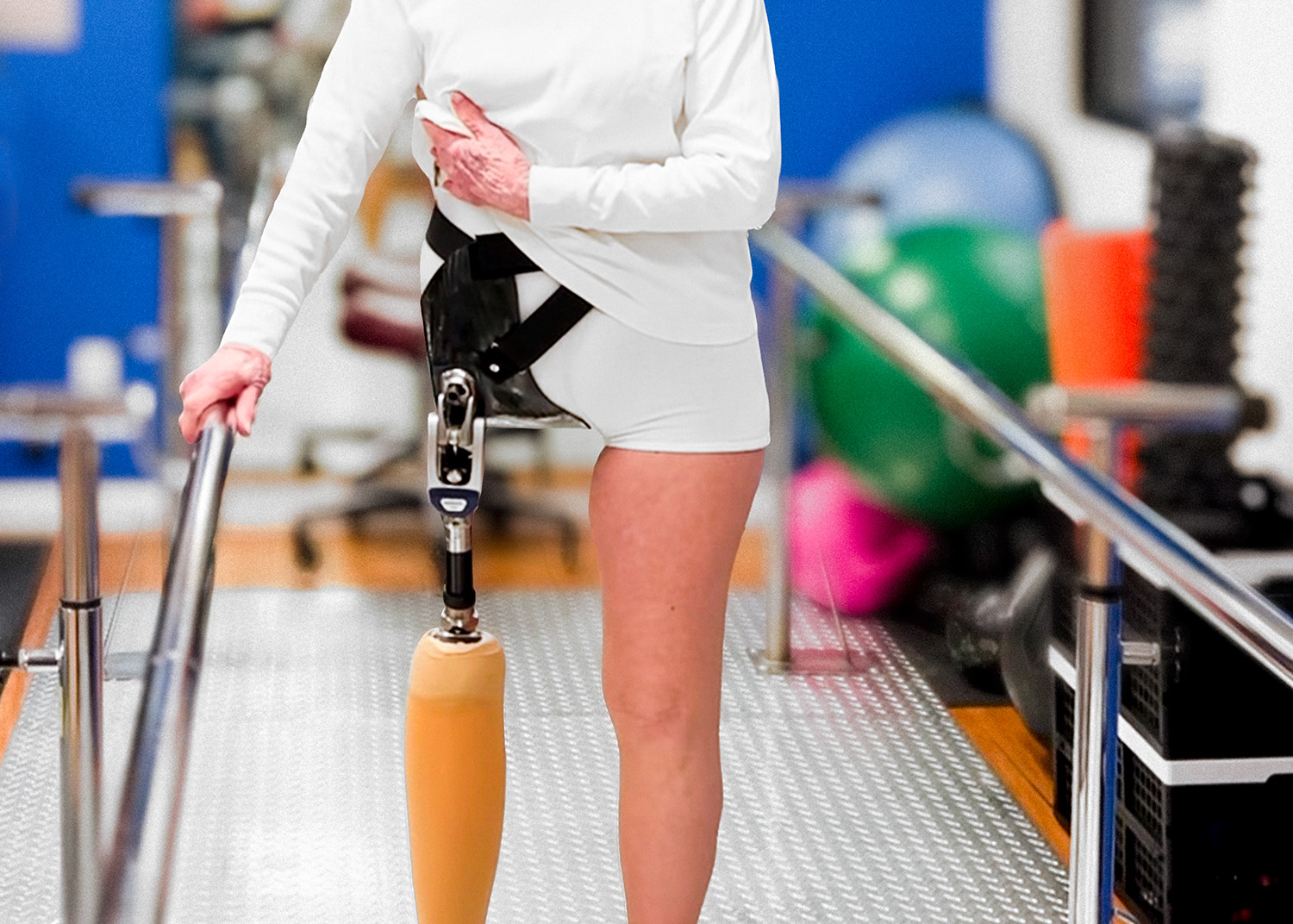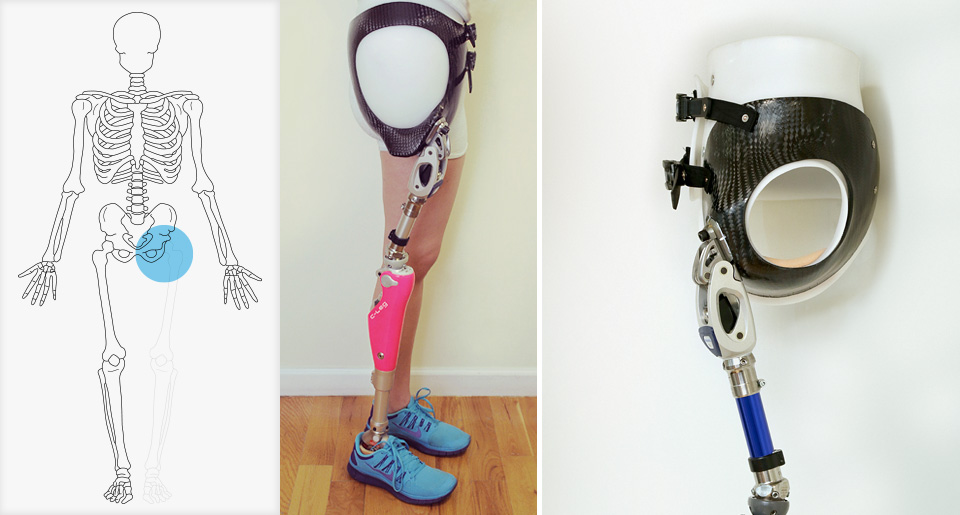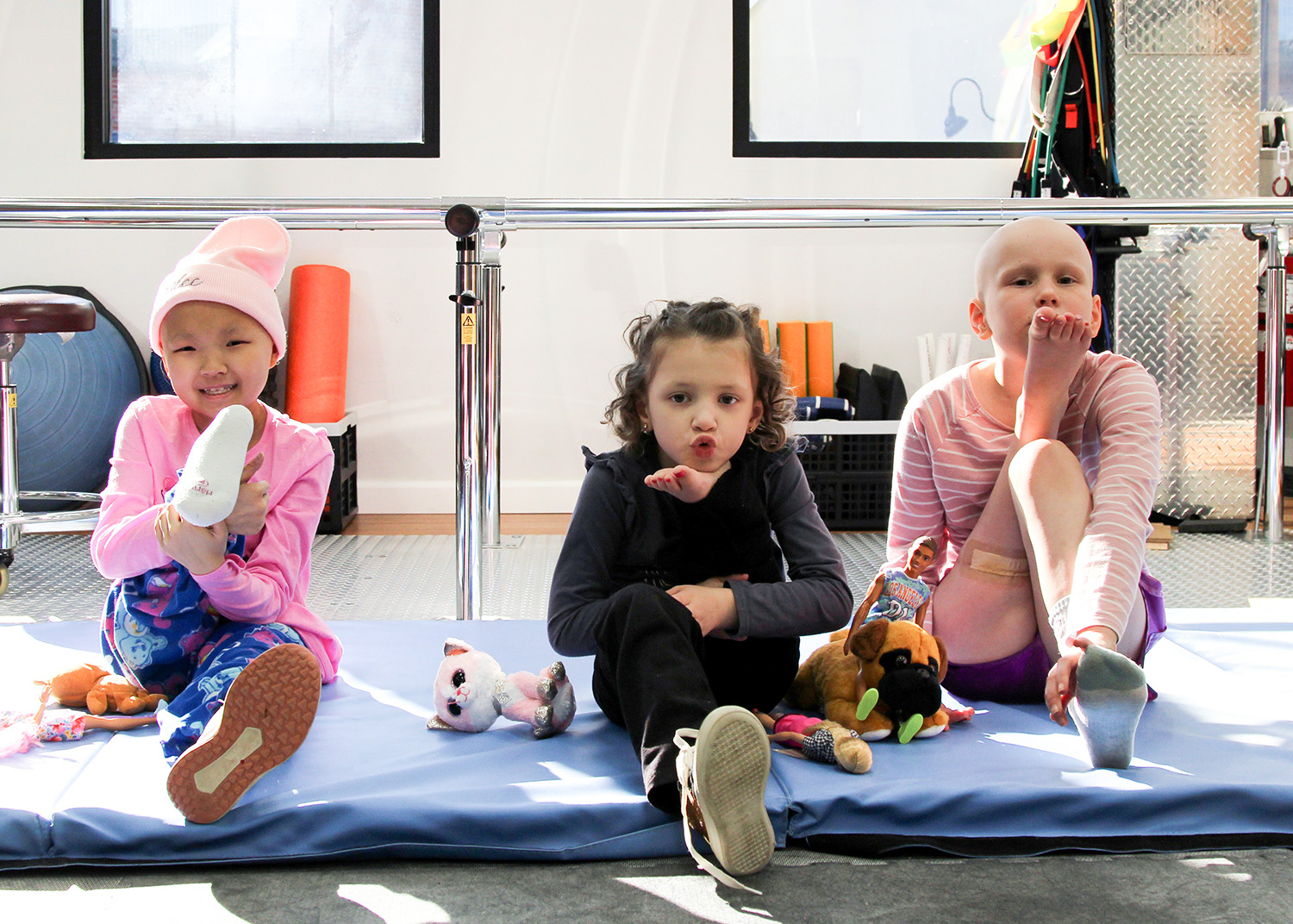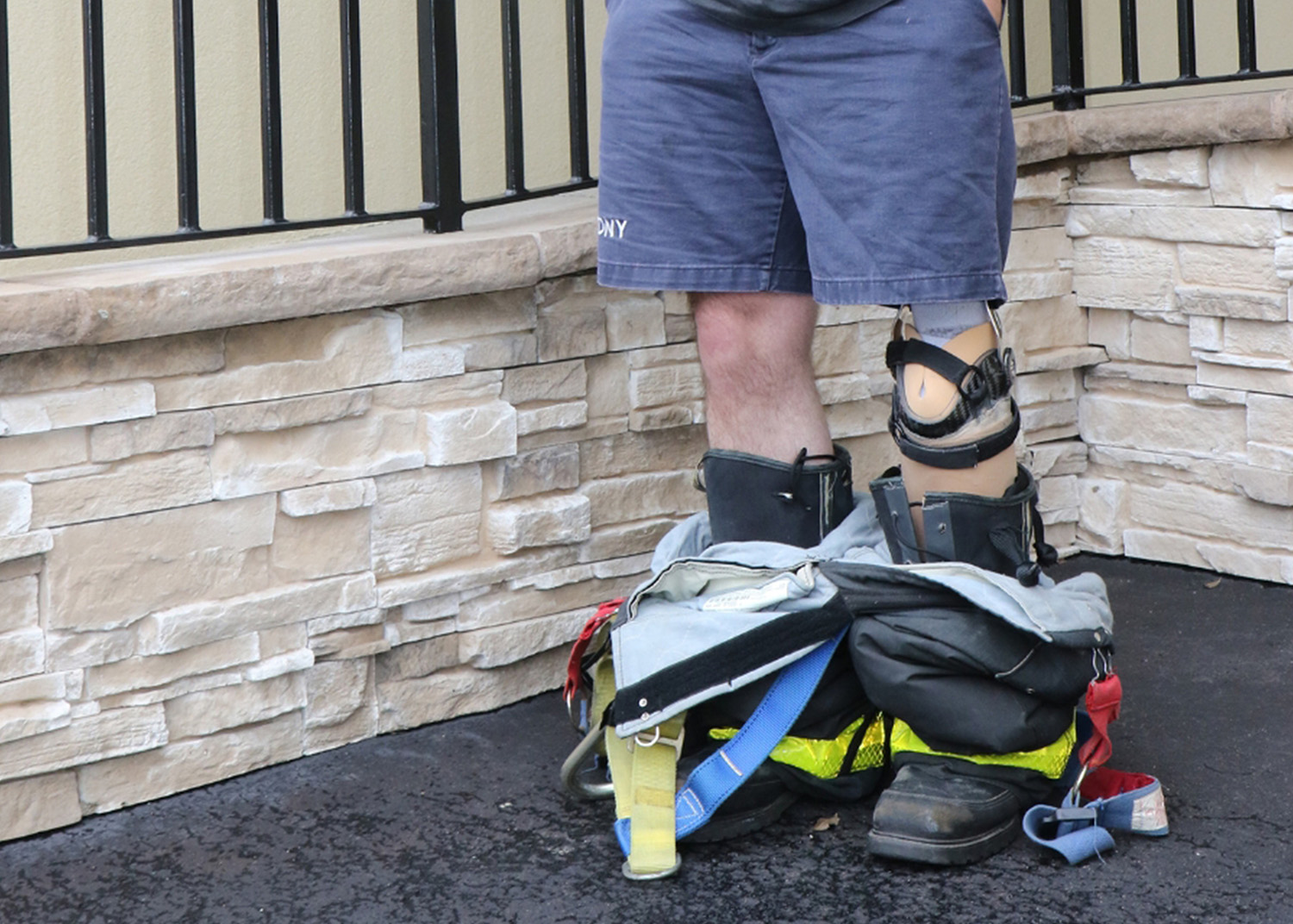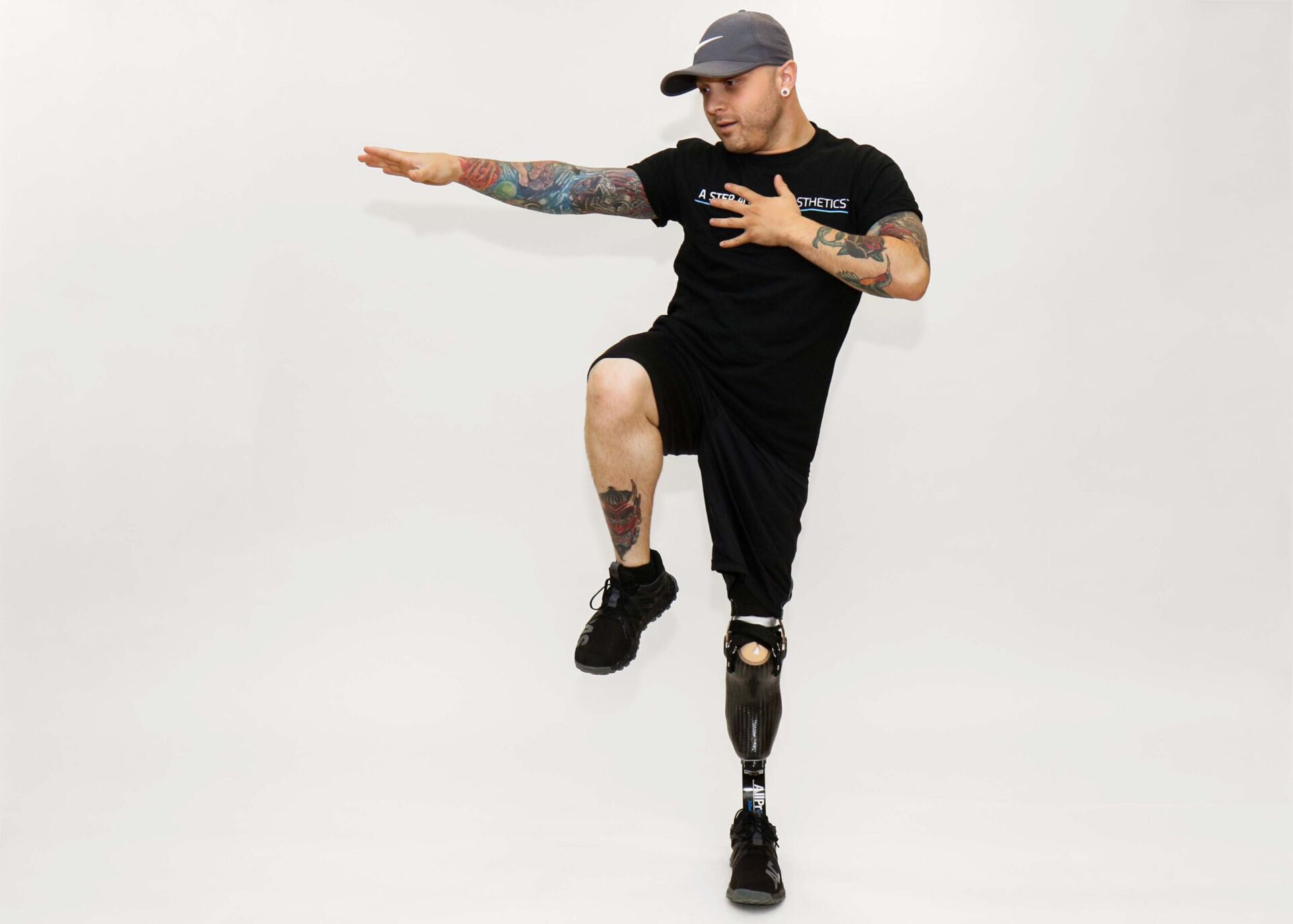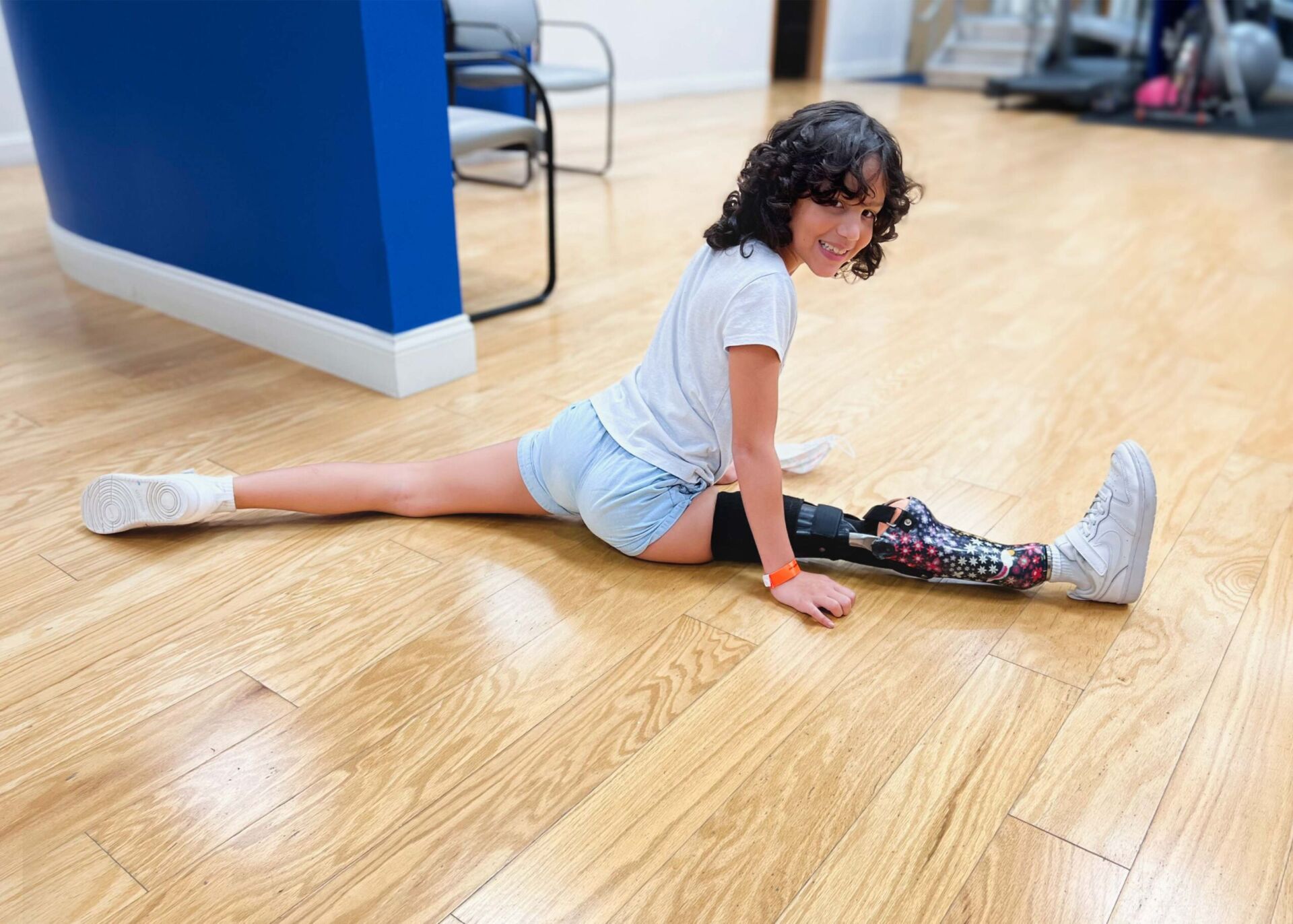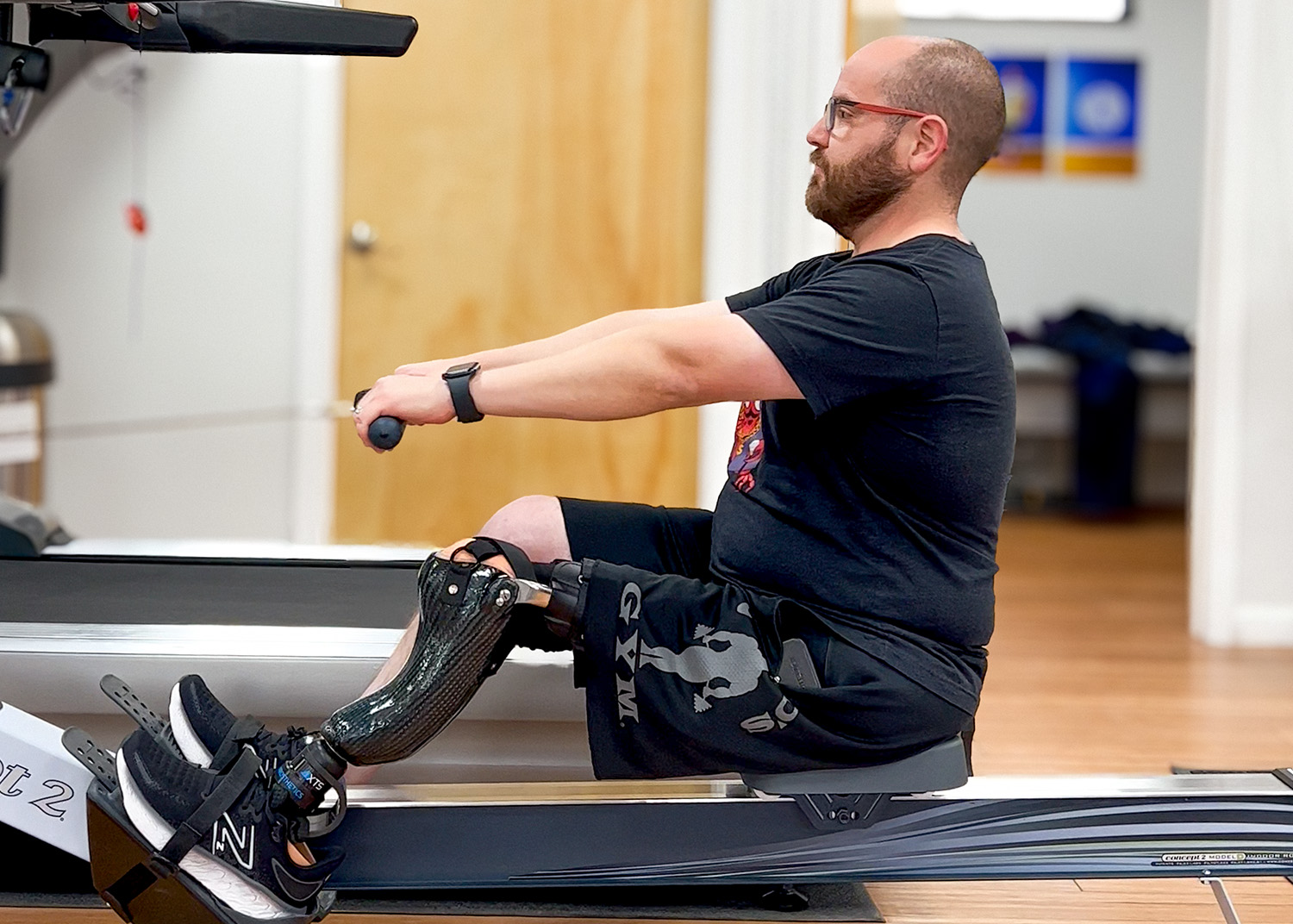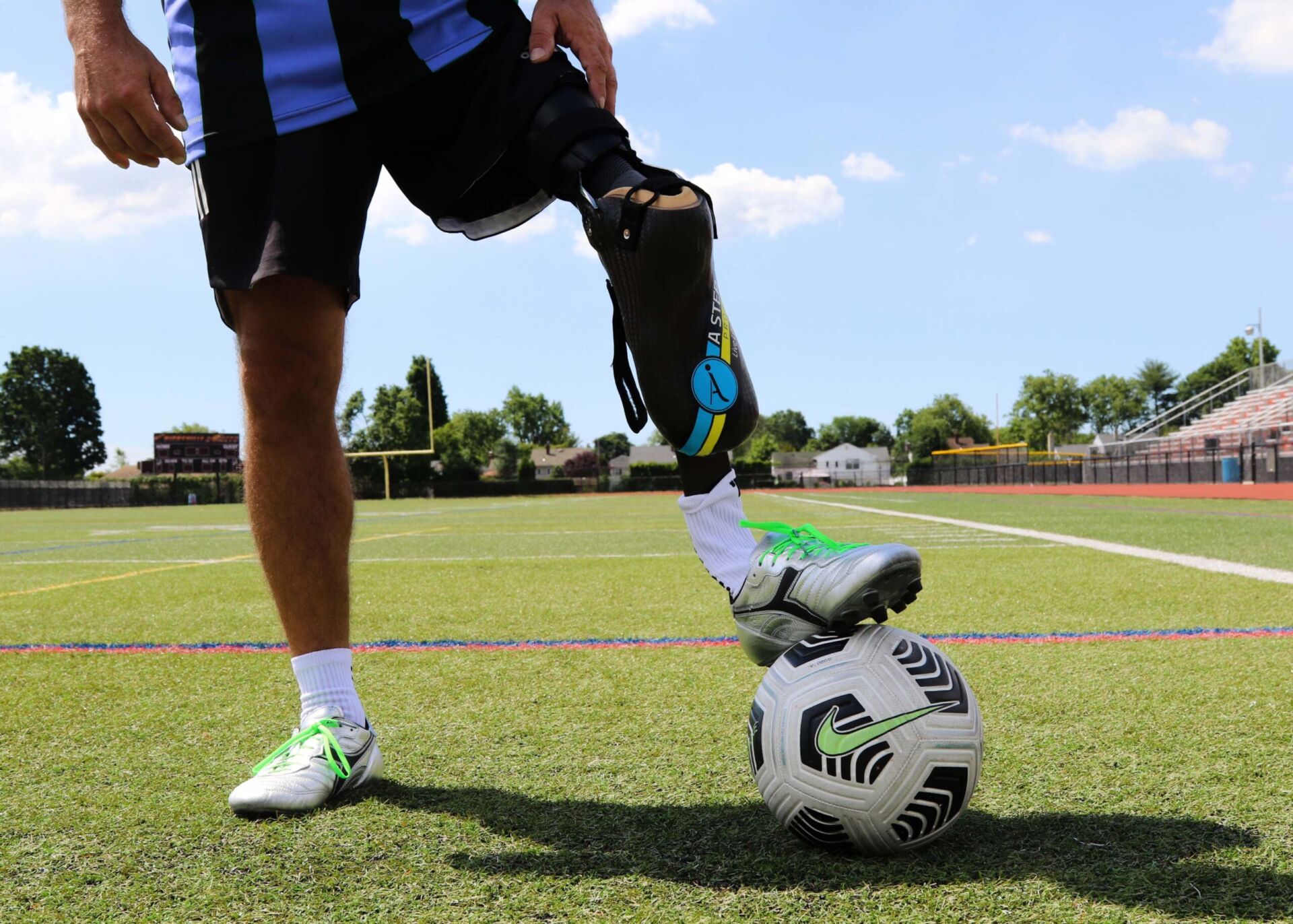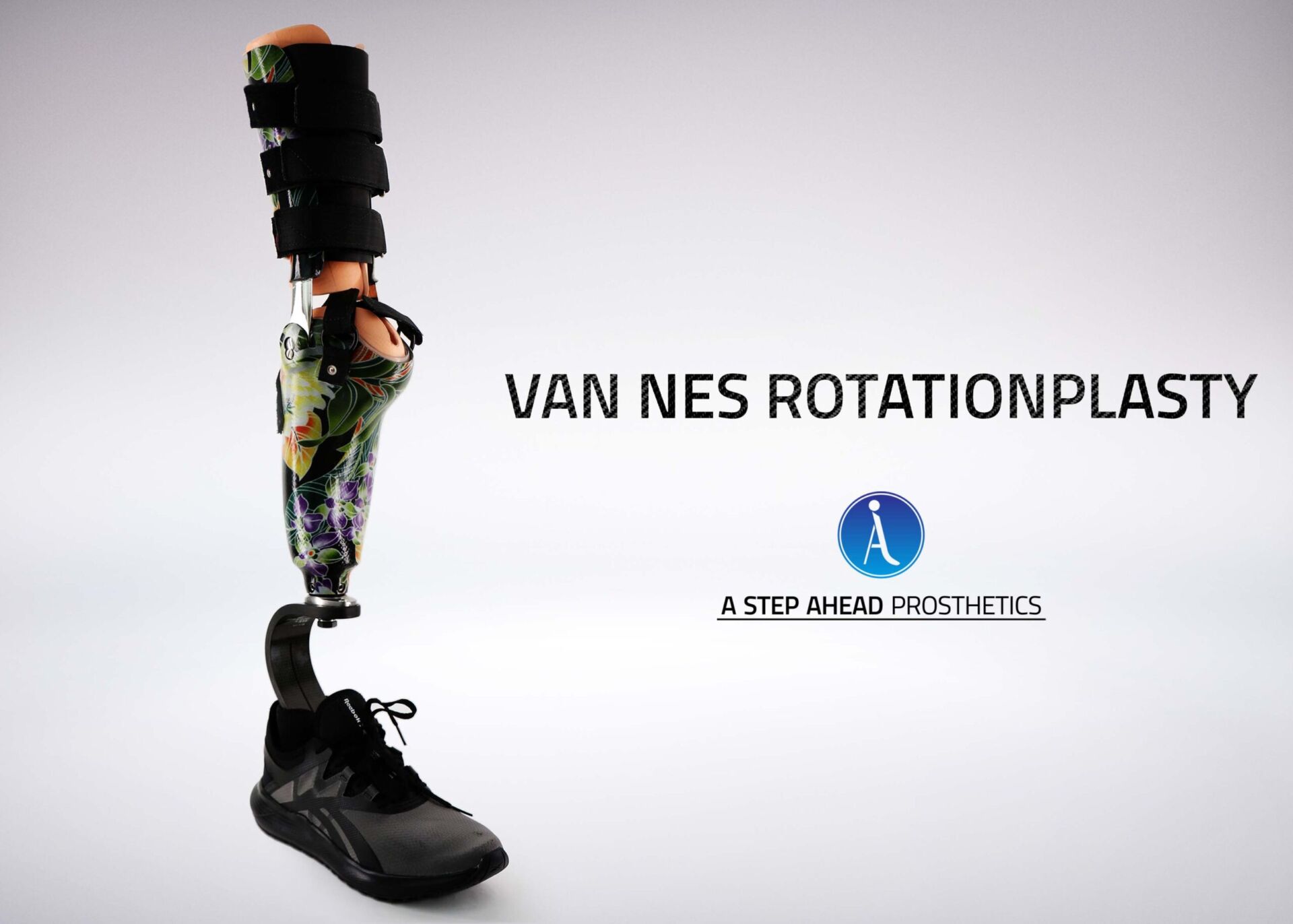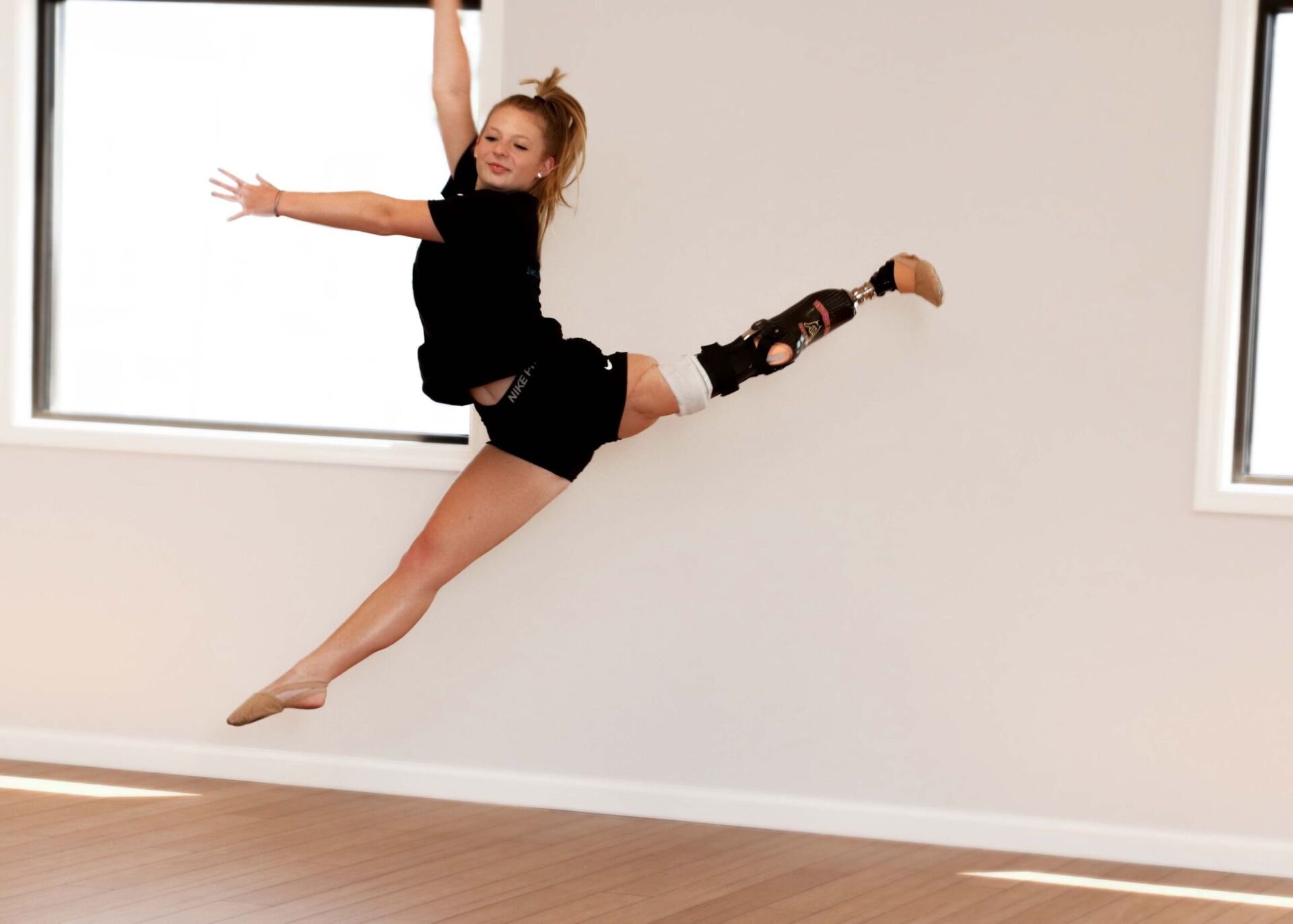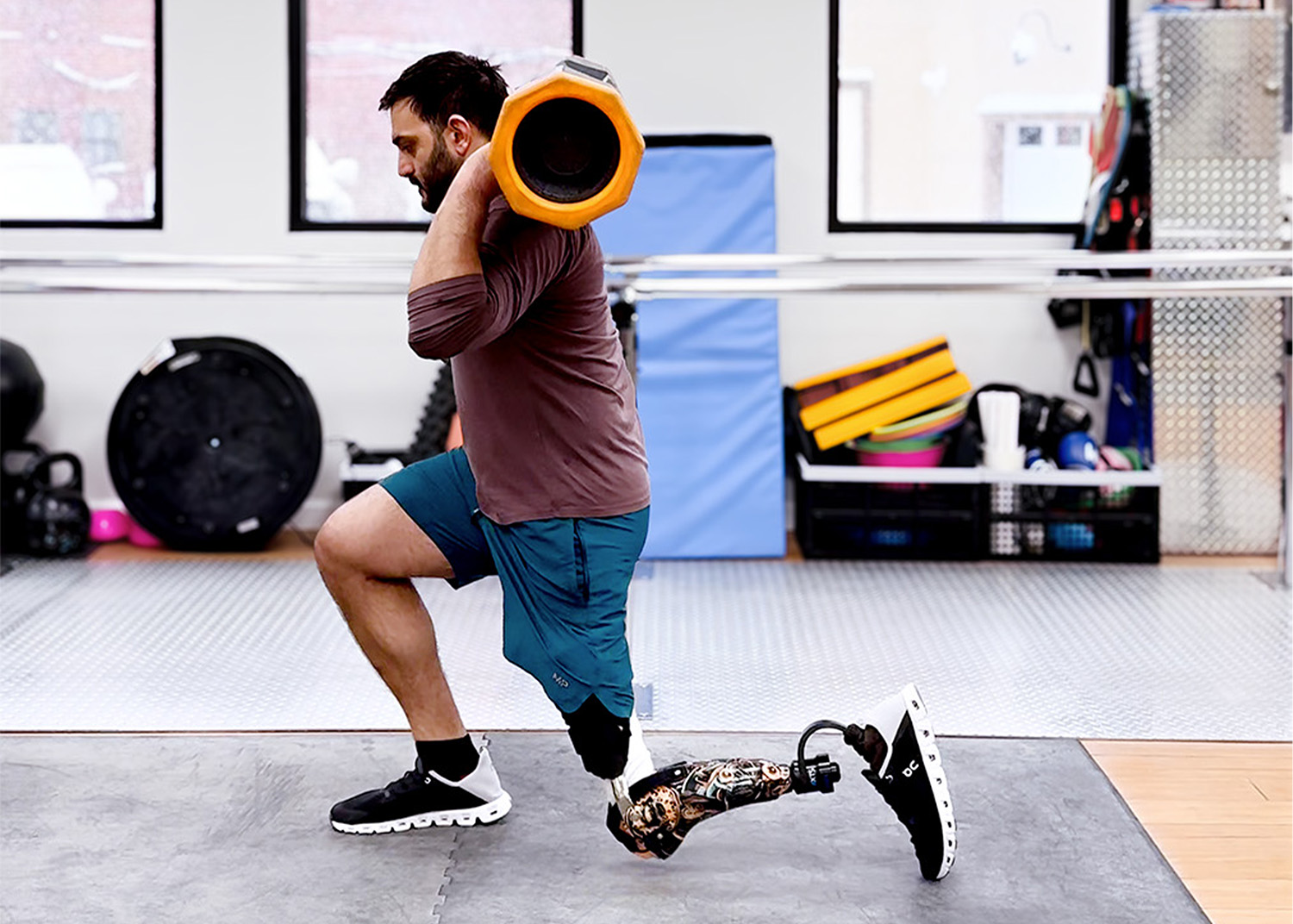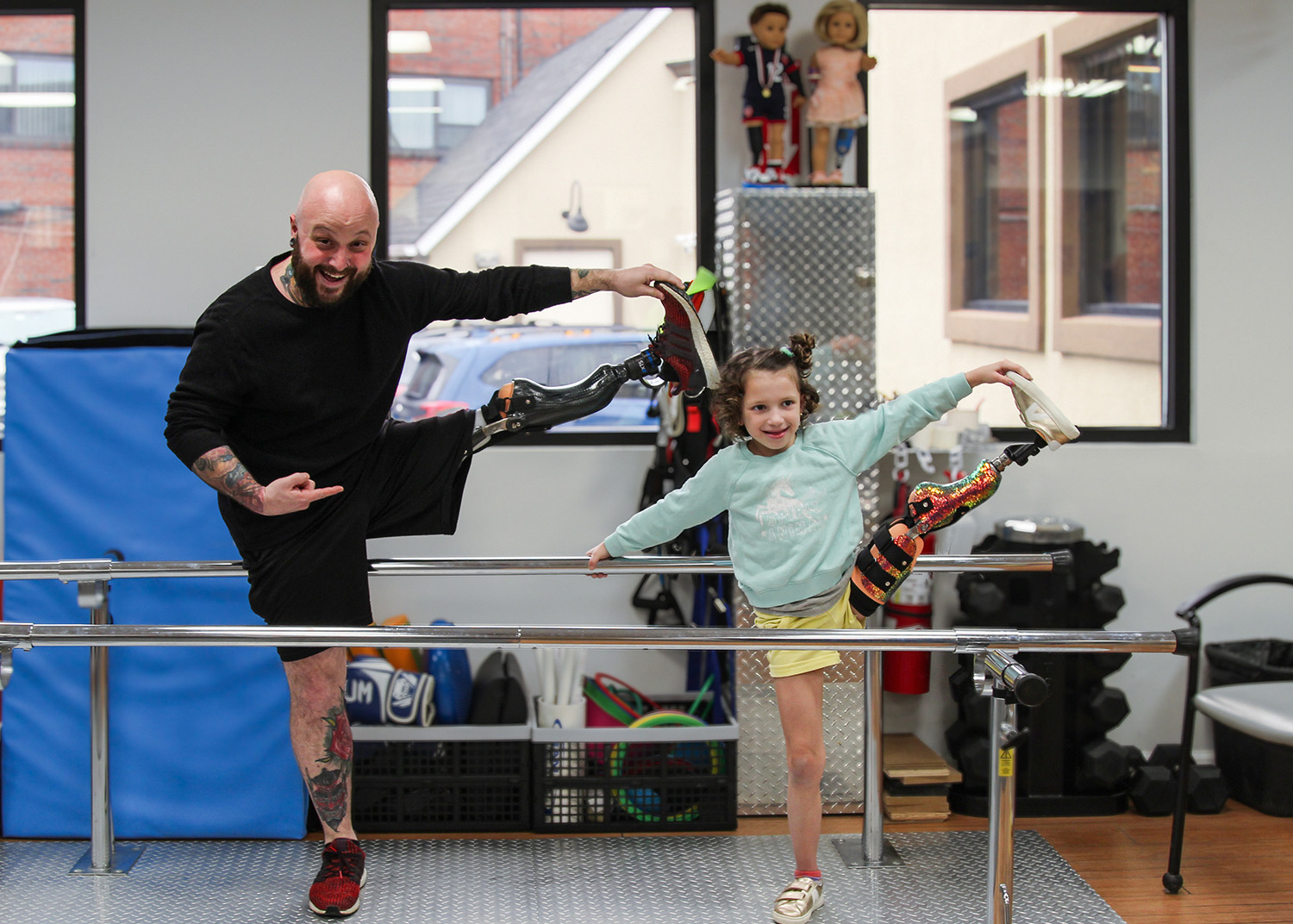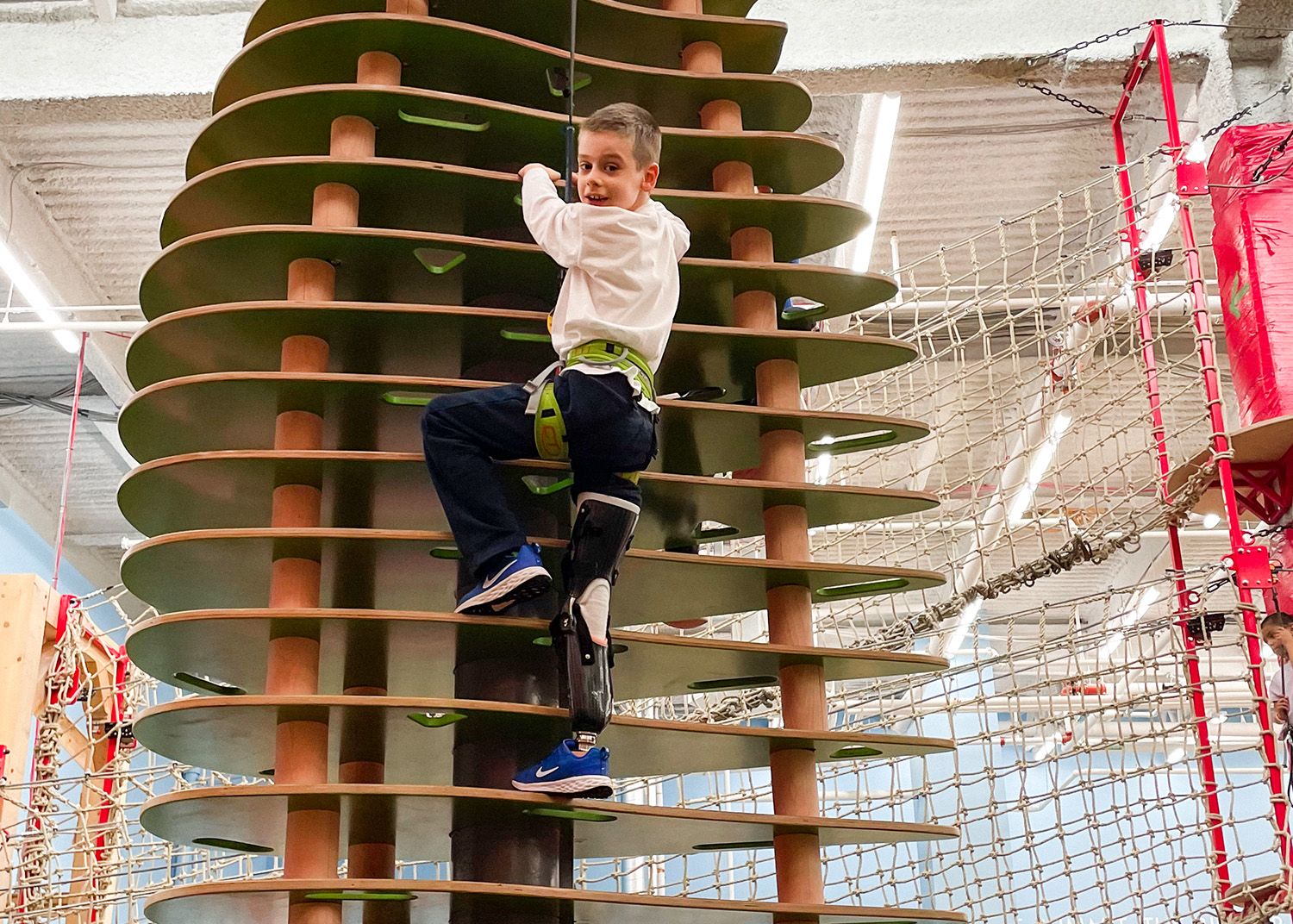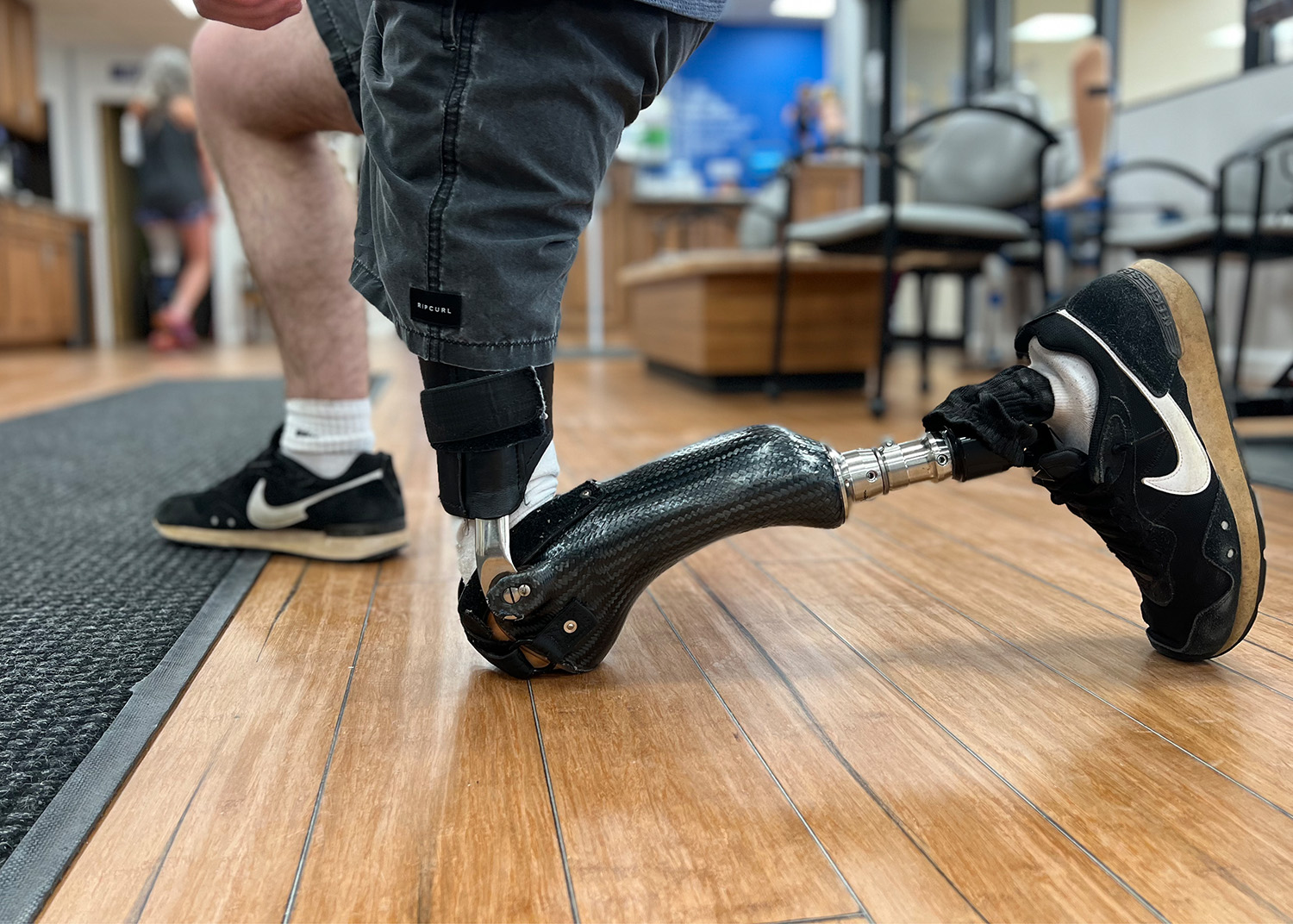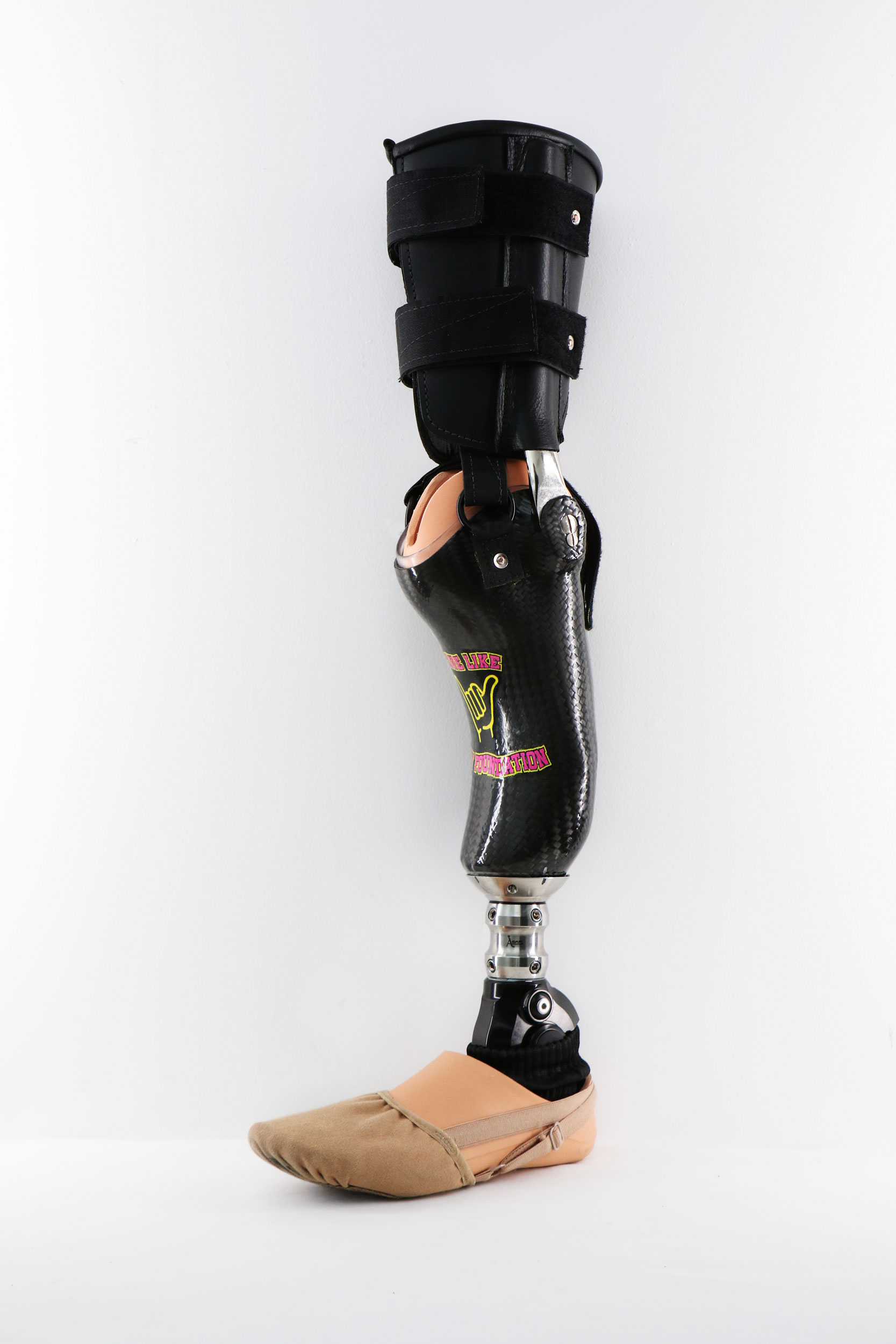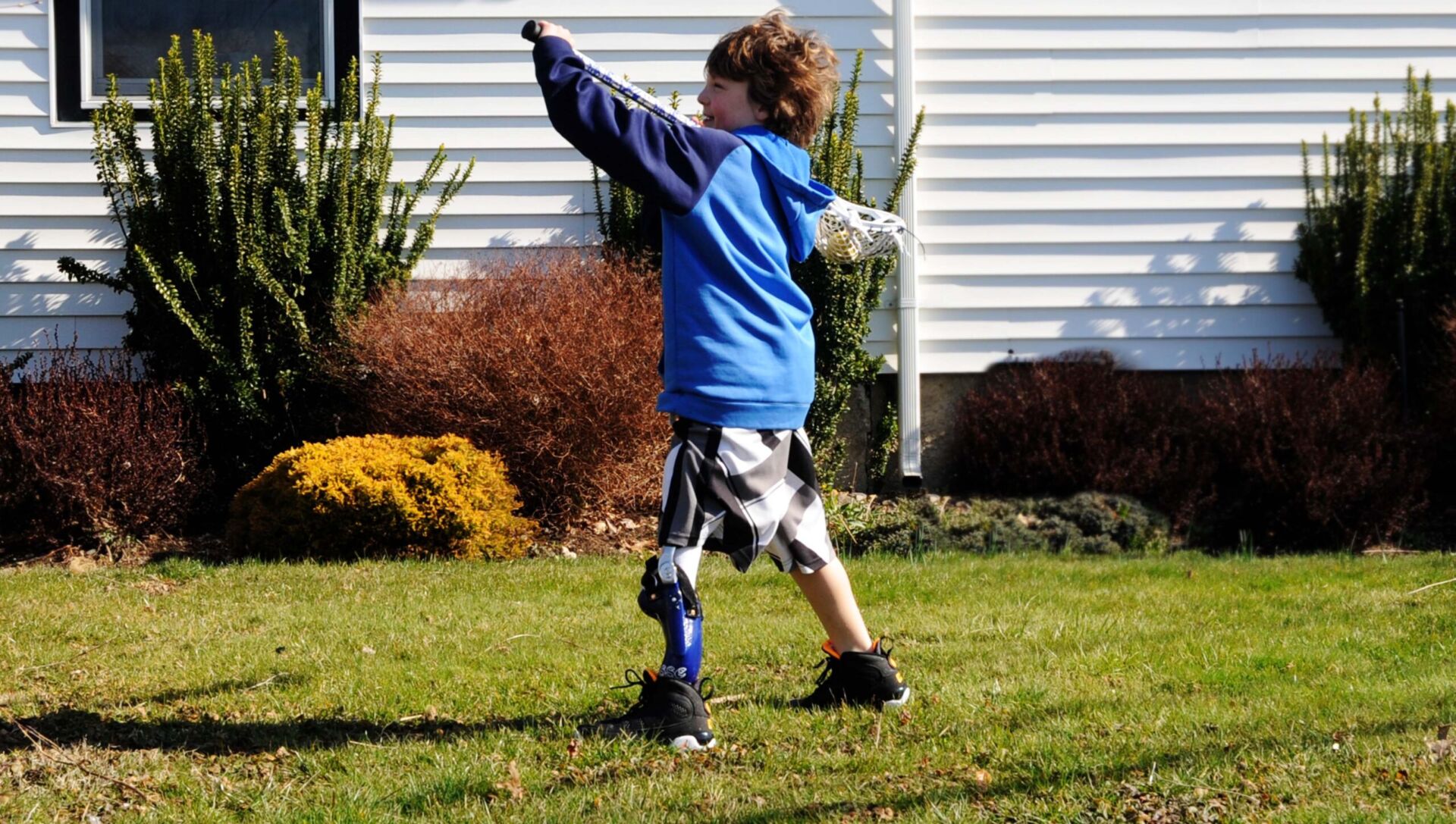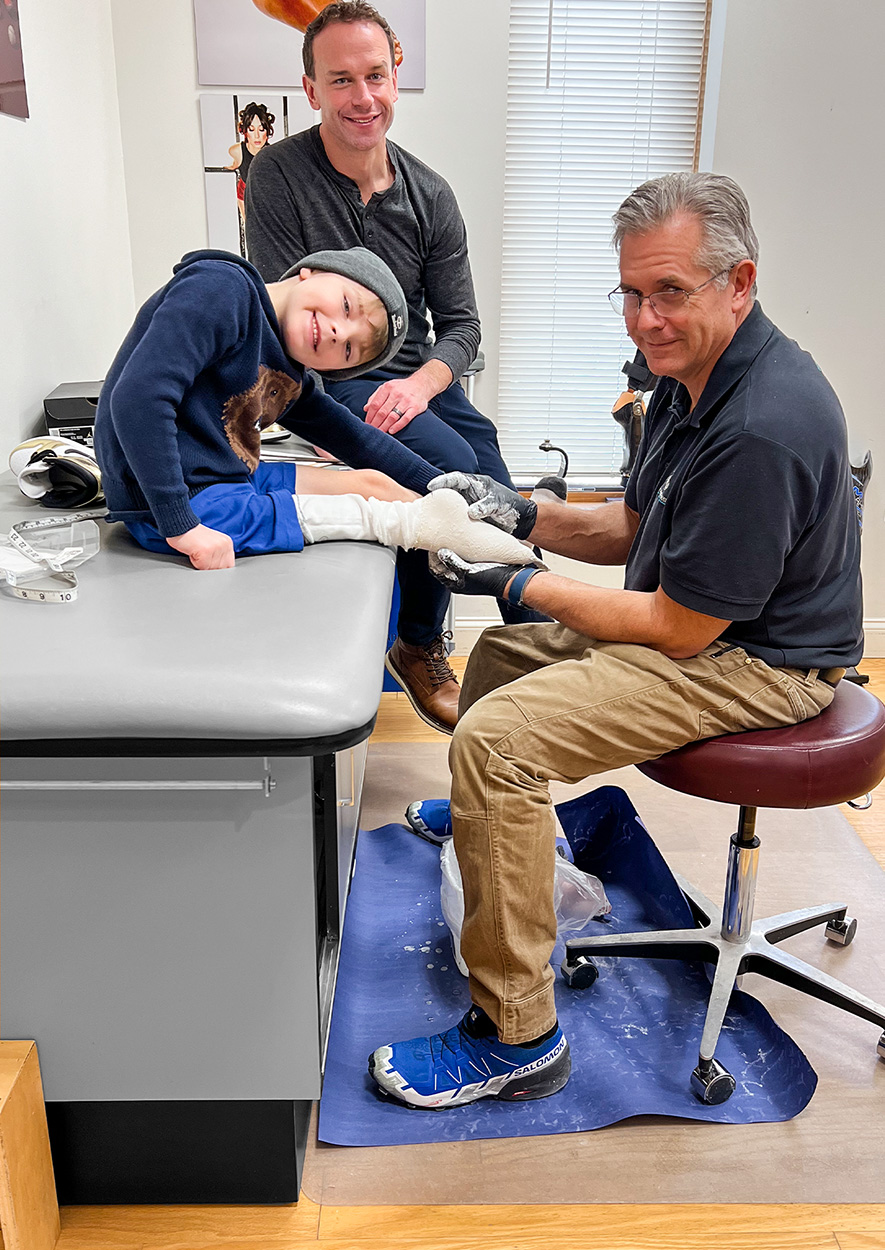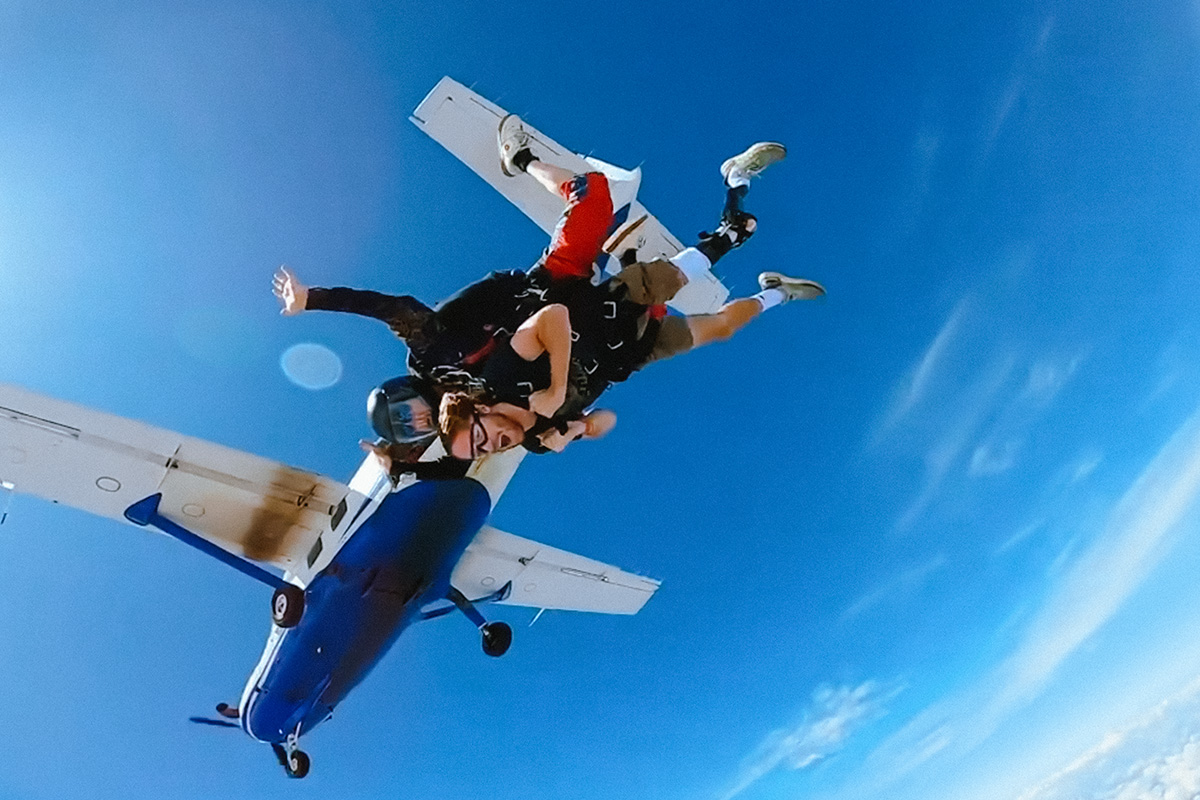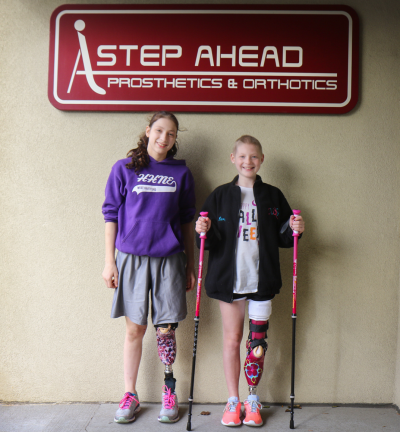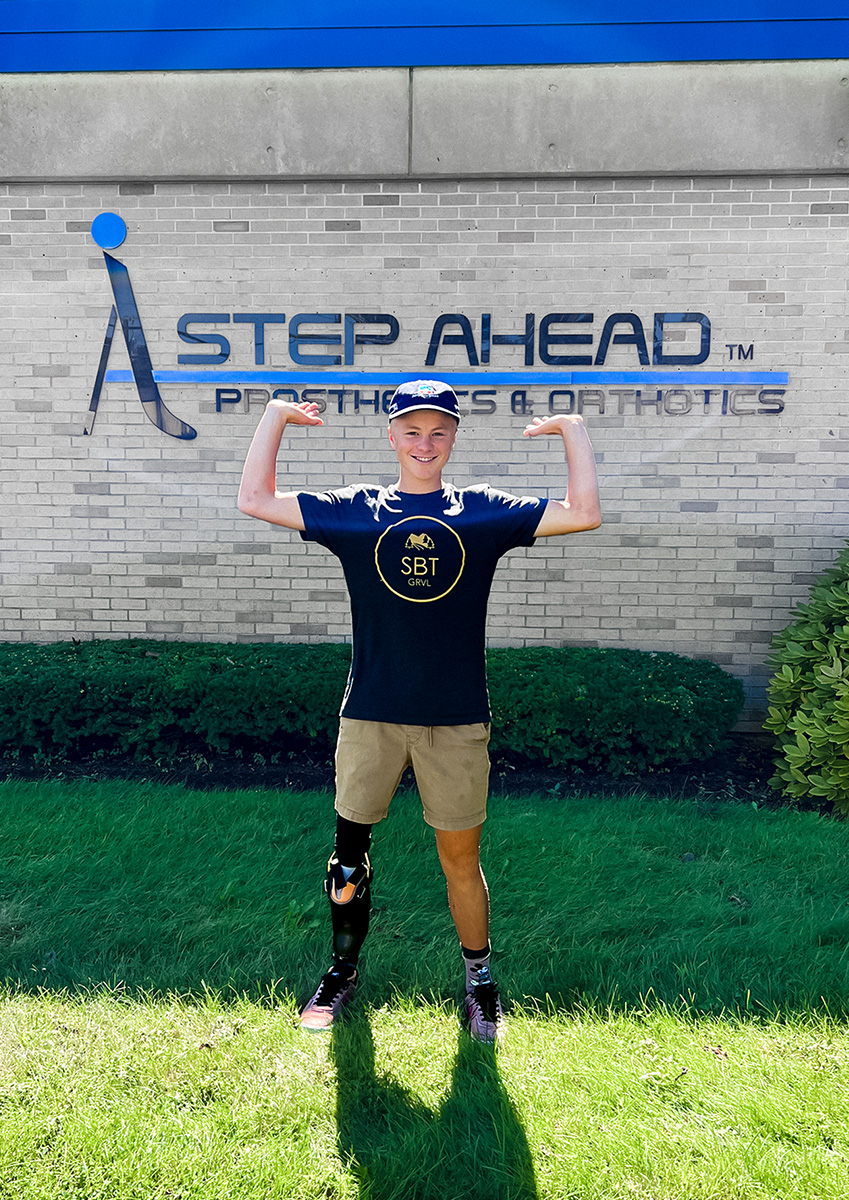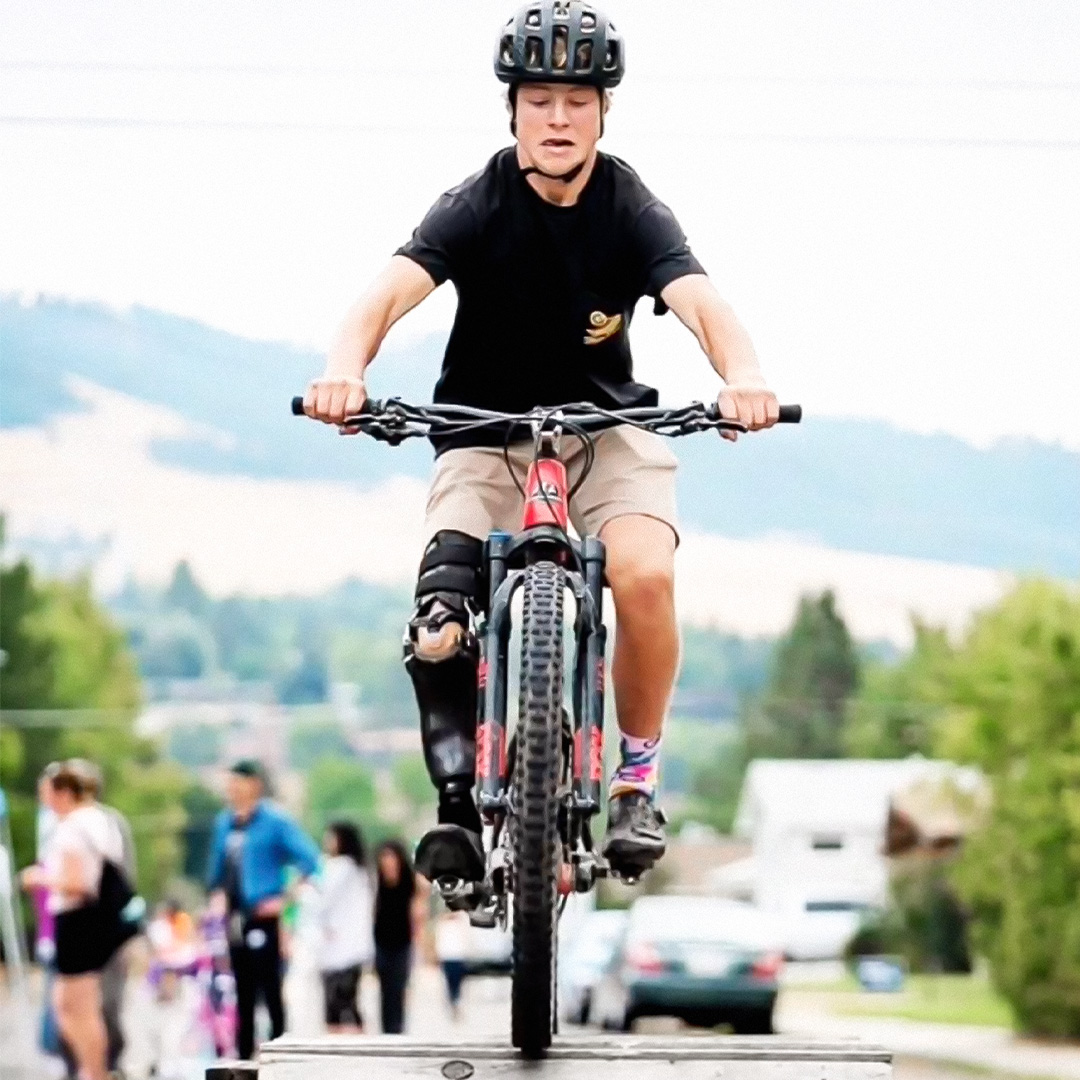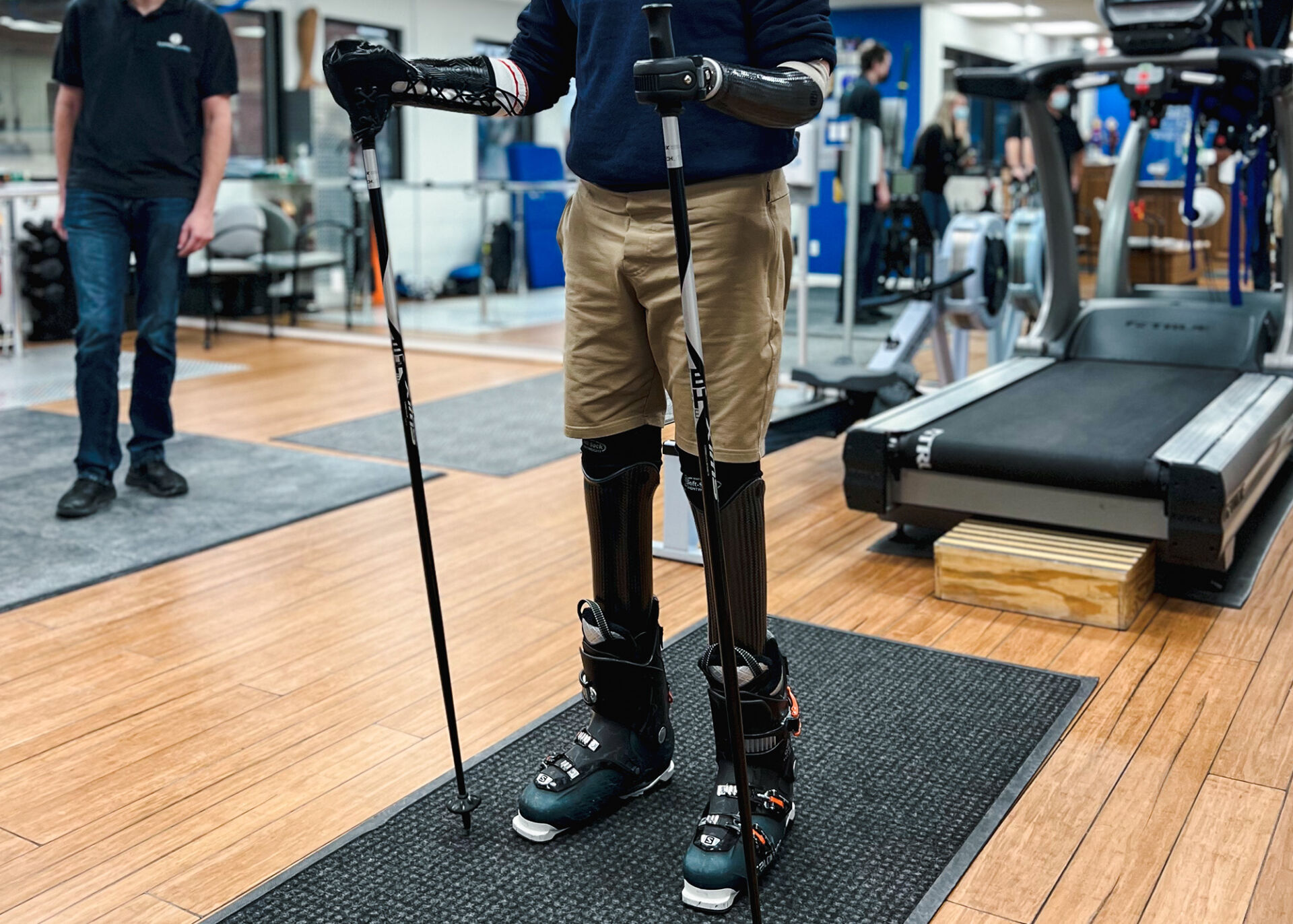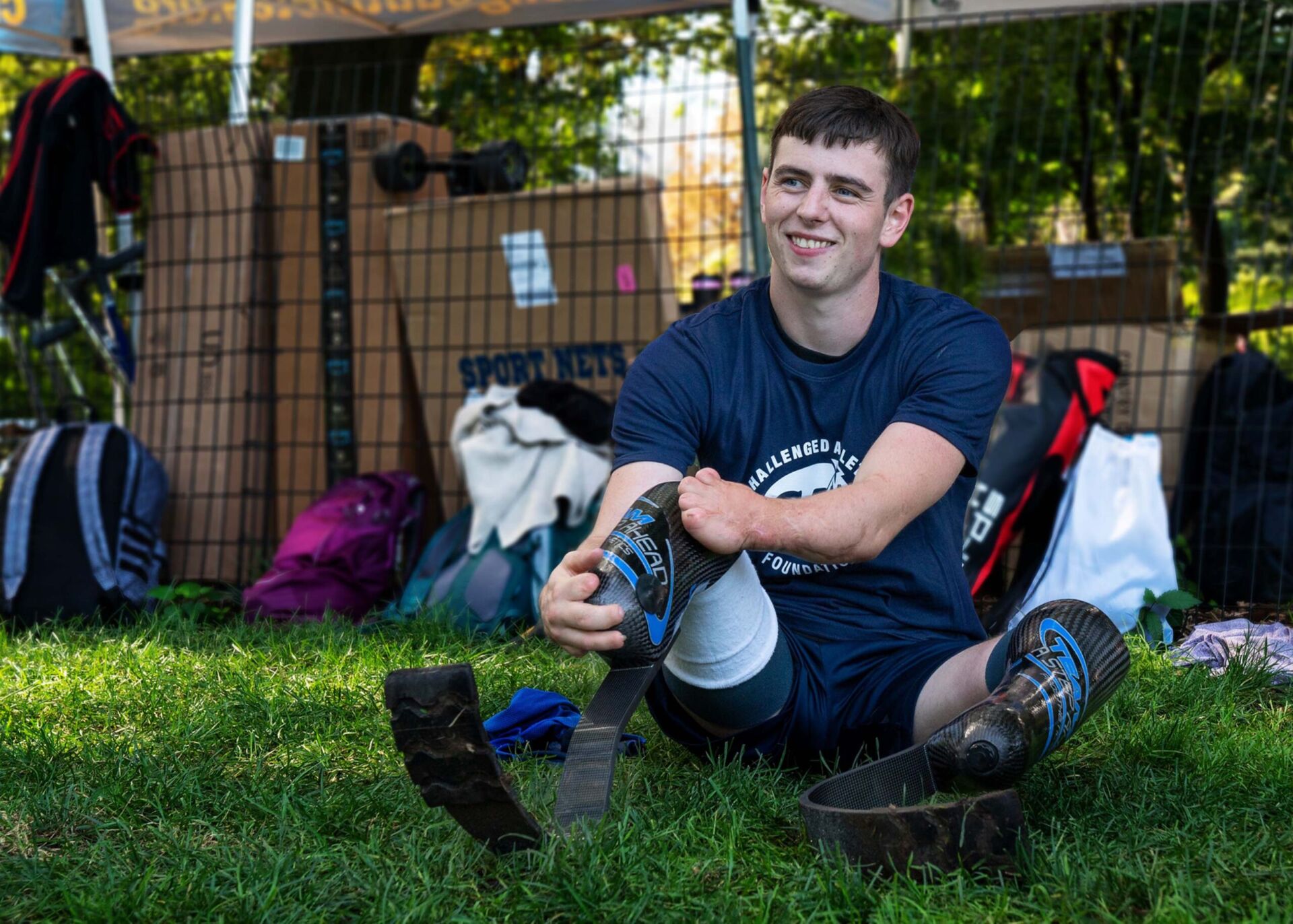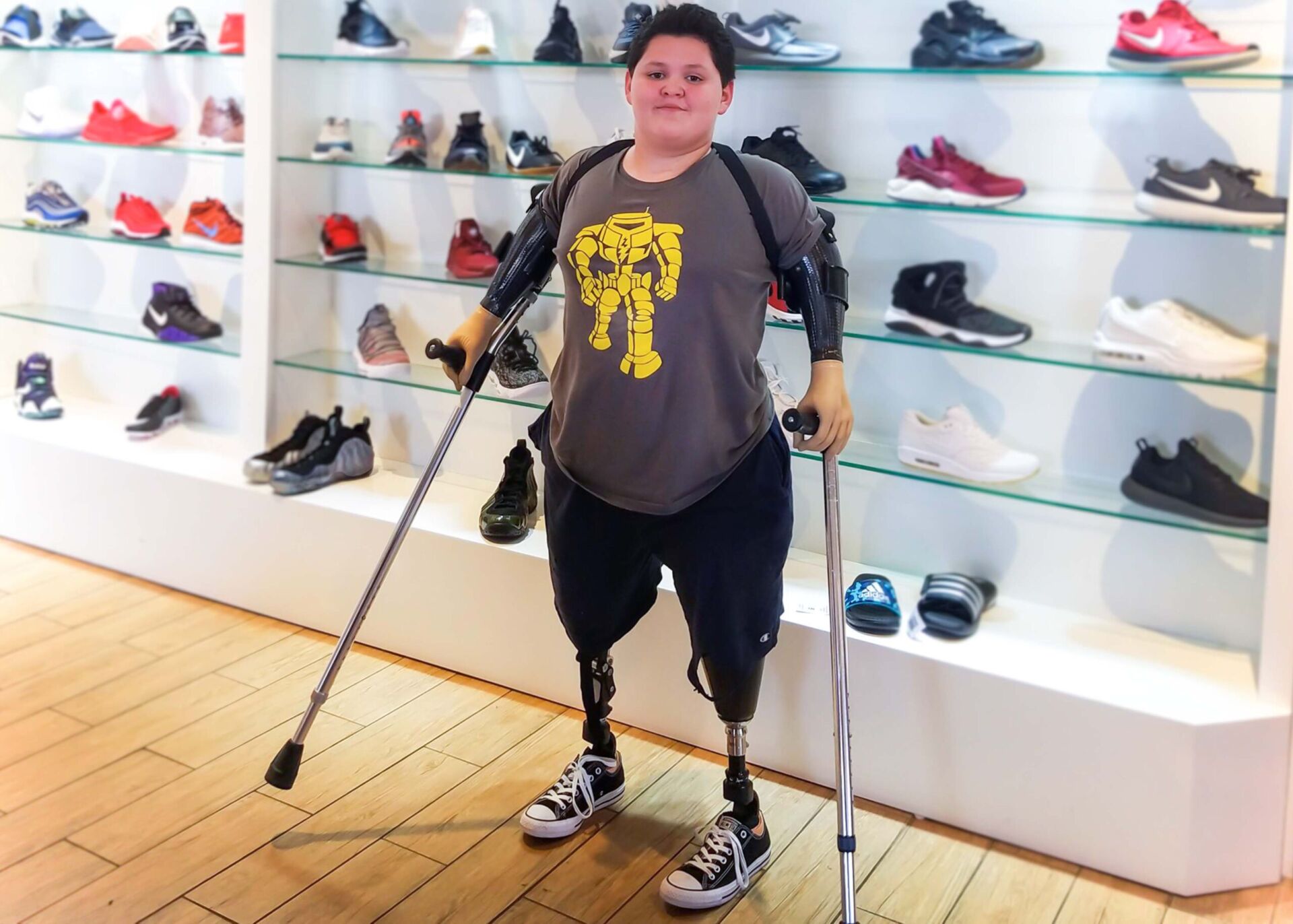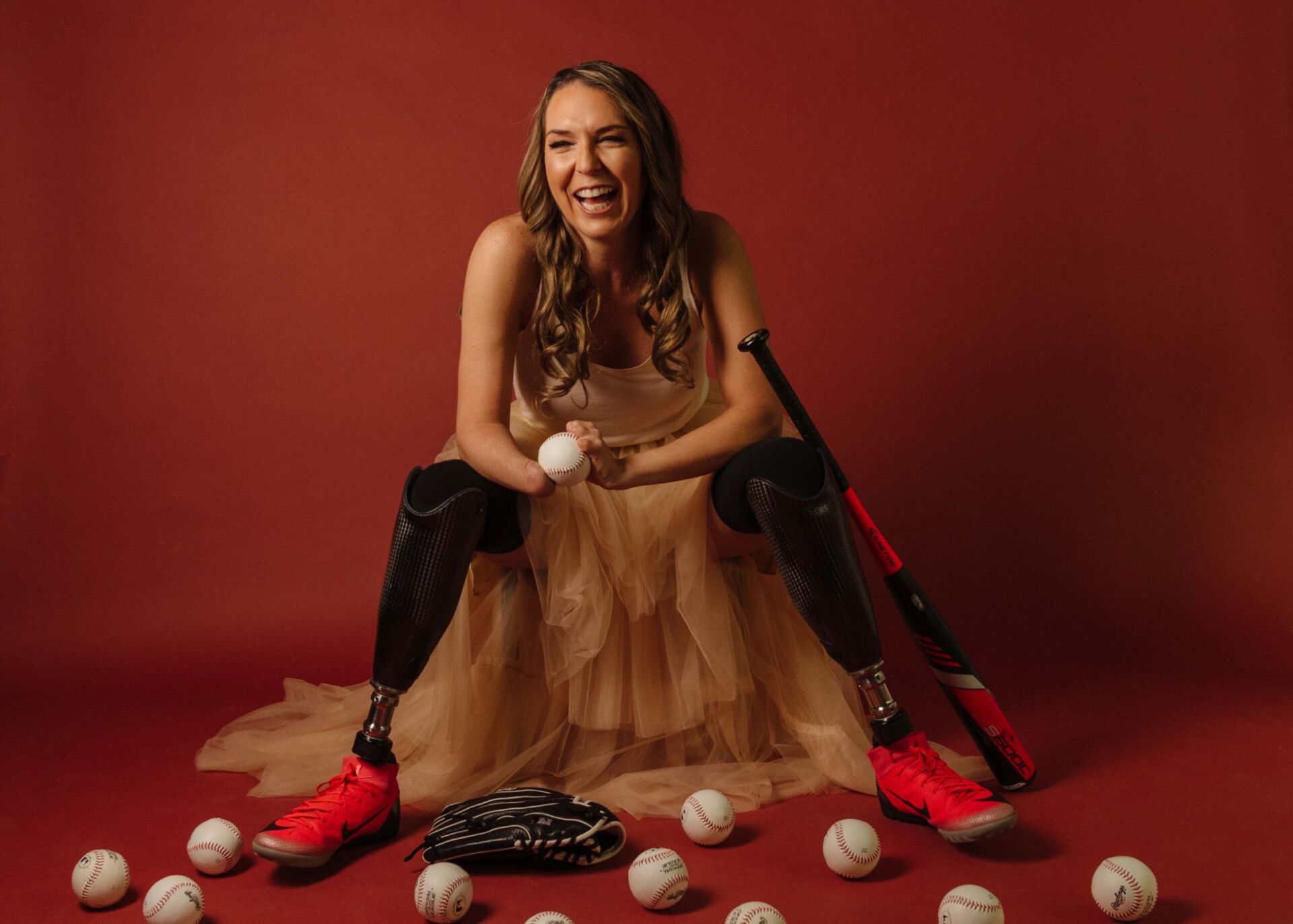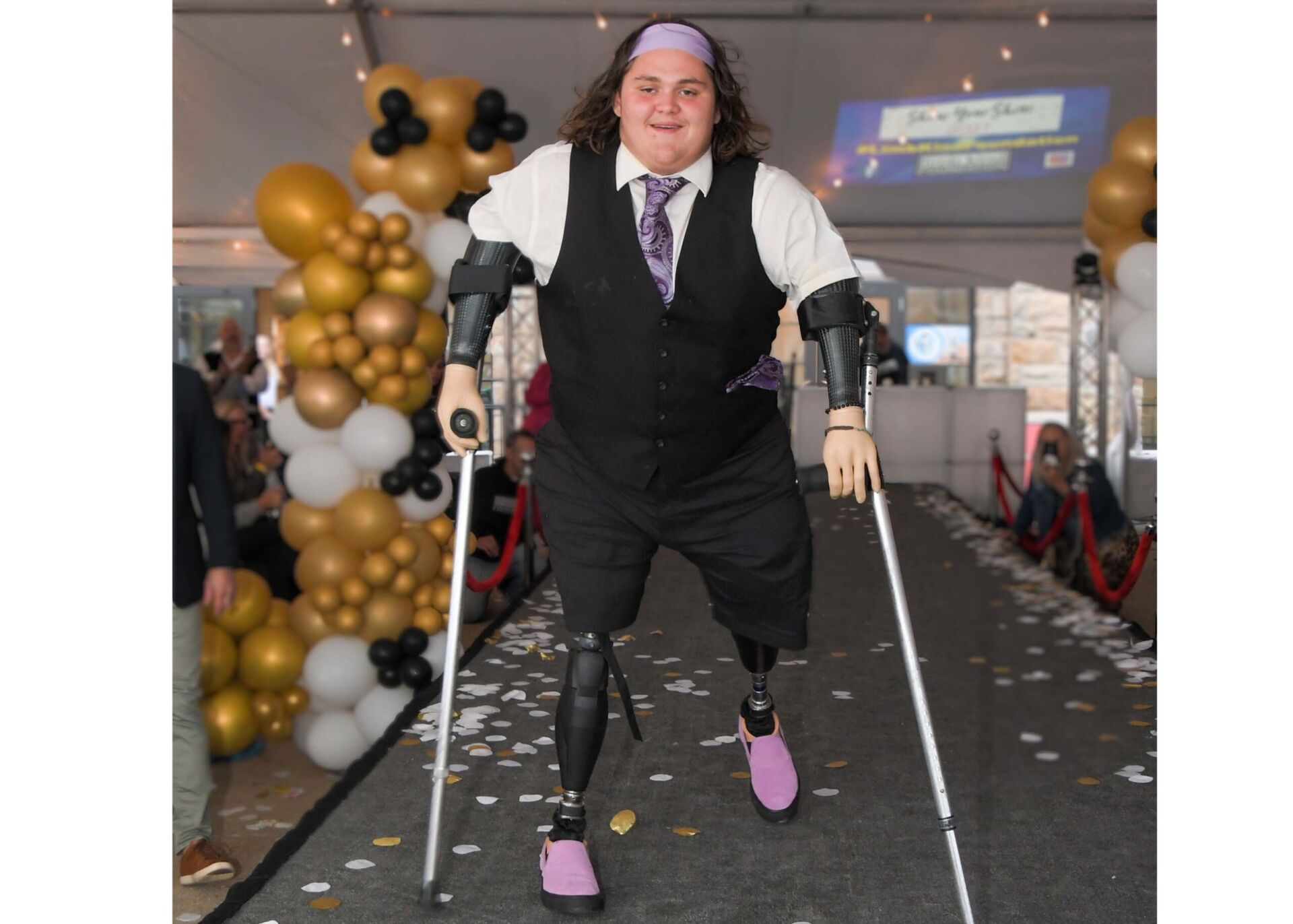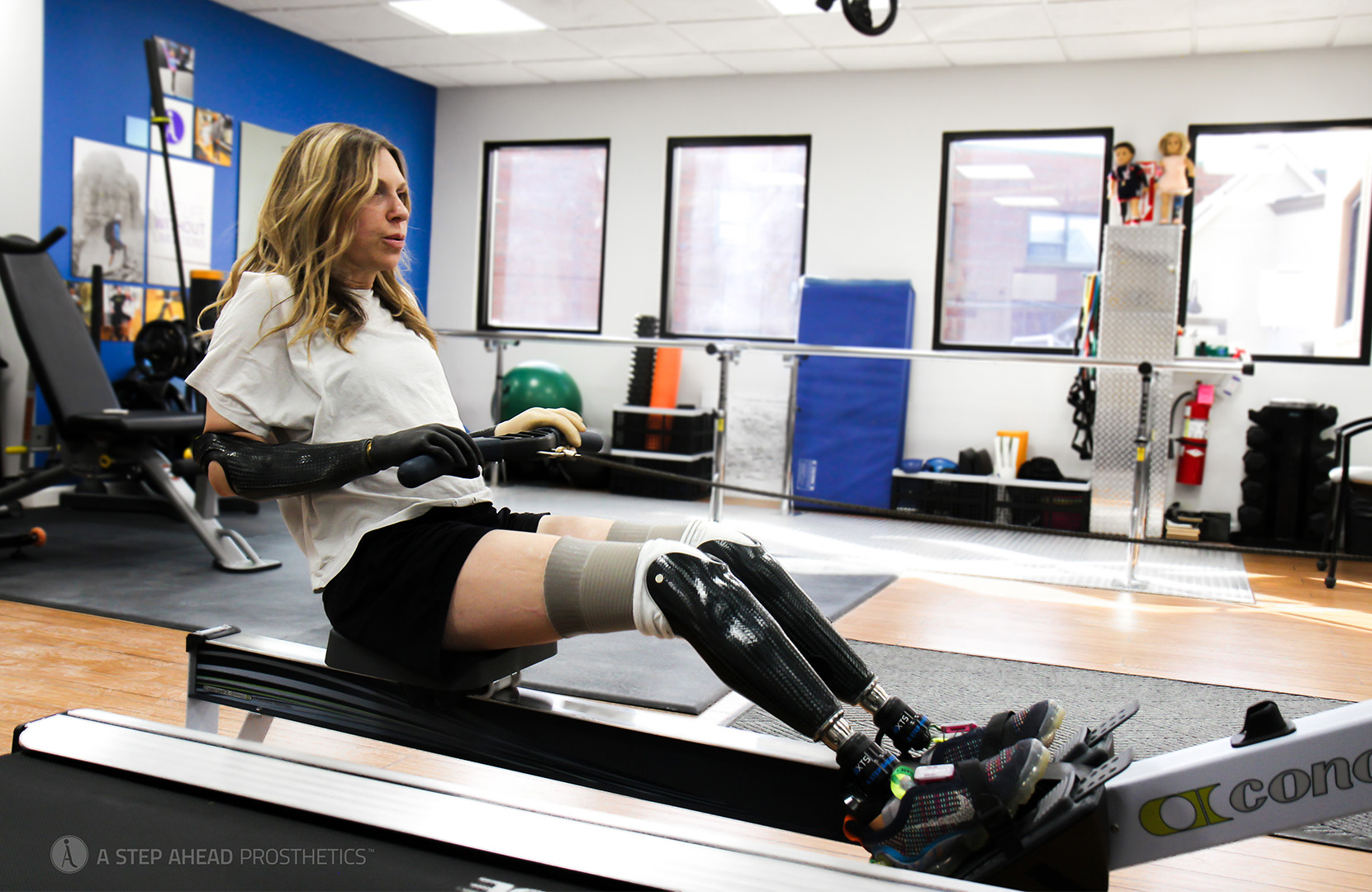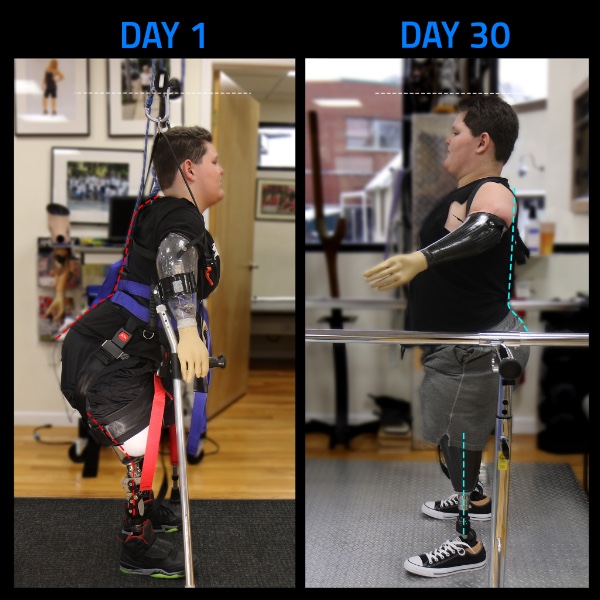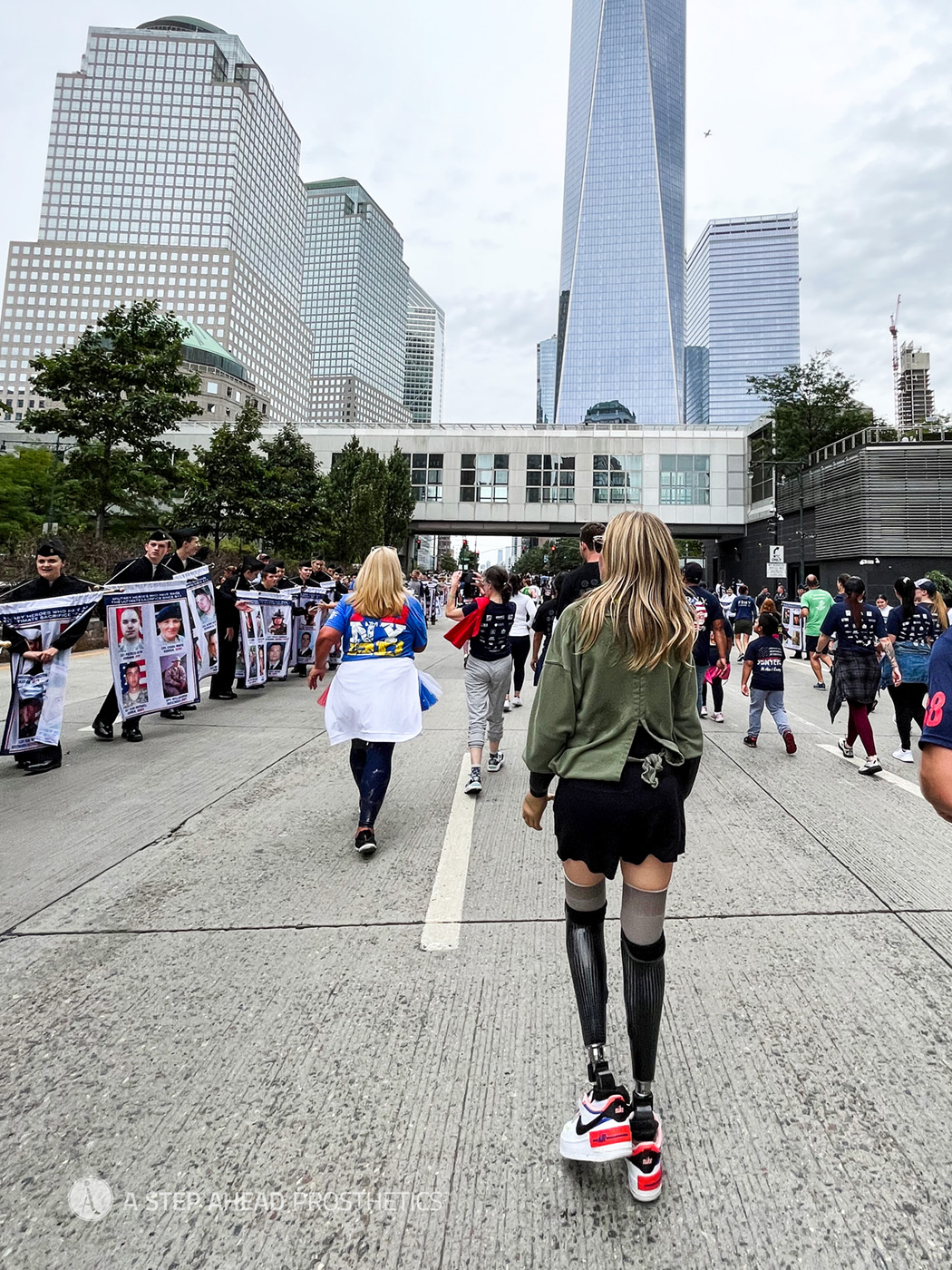Unique Prosthetic Cases
Unique Prosthetic Cases
Hemipelvectomy
Hemipelvectomy is a specialized surgery that removes one side of the pelvis and the leg on that side, typically due to cancer, infections, or trauma. It’s one of the rarest and most challenging lower body amputations, significantly affecting prosthetic fitting. Patients lack the usual weight-bearing surfaces and have varying soft tissue conditions, complicating the use of prosthetics.
At A Step Ahead, we’re proud to have a 100% success rate in fitting prosthetics for hemipelvectomy patients. Our expert team specializes in these unique challenges, helping patients achieve their mobility goals and improve their quality of life.
Hip disarticulation
Hip disarticulation is a surgical procedure that involves removing the entire lower limb at the hip joint, typically due to cancer, severe infections, or trauma. This type of amputation is less common, making it crucial for patients to work with a prosthetist experienced in fitting prosthetics for hip disarticulation.
Fitting prosthetics for hip disarticulation presents unique challenges, including the absence of weight-bearing surfaces and variations in the amount of soft tissue covering these areas. Additionally, the size and shape of the amputation site may change more frequently than in other types of amputations, requiring specialized attention to ensure optimal rehabilitation and mobility for the patient.
Rotationplasty
Rotationplasty is a specialized surgical procedure often chosen for individuals with osteosarcoma (bone cancer) or congenital abnormalities in the lower leg. This innovative approach involves removing a portion of the leg above the knee, rotating the lower leg and foot by 180 degrees, adjusting the length, and then fusing the tibia to the proximal femur. The repositioned foot, with the heel in front and the toes pointing backward, serves as a new knee joint.
To fully realize the mobility benefits of rotationplasty, it’s essential to have a prosthesis that is expertly tailored to the unique anatomy post-surgery. The prosthesis for a rotationplasty patient is distinctly different, designed to accommodate the individual’s reversed foot and ankle. A Step Ahead is recognized for our extensive experience and leadership in providing prosthetic solutions for Van Ness rotationplasty patients. We’ve successfully worked with numerous individuals undergoing this rare procedure, offering them customized prosthetic care that optimizes their mobility and quality of life.
TRILATERAL / Quadrilateral
Quadrilateral amputees – patients who have lost portions of both arms and both legs – are exceedingly rare. The types and degree of amputation can differ from patient to patient, but A Step Ahead has experience in working with these amputees. Our staff understands that beyond the physical needs of these patients is the level of support and rehabilitation they will require.
PFFD
PFFD (proximal focal femoral deficiency) is a rare congenital deficiency where part of the femur bone is malformed or missing, causing one leg to be shorter than the other. Our prosthetists have years of experience in fabricating prosthetics for PFFD patients.
KTS
Klippel-Trénaunay-Weber Syndrome affects blood and lymph vessel formation, causing nevus flammeus, limb hypertrophy, and malformations. Heel inserts can fix small discrepancies, but orthopedic surgery may be necessary for larger ones. Prosthetic fitting for KTS patients can be challenging due to limb size. In rare cases, amputation may be needed.
